Amelia Earhart’s 1937 Cord added to National Historic Vehicle Register
Although she is famous for her historic achievements as a pilot, Amelia Earhart’s love for mechanical marvels went far beyond airplanes. Earhart was also passionate about automobiles, and she owned a number of noteworthy rides through the years—none more impressive than her 1937 Cord 812 Phaeton Convertible. In honor of Earhart’s passionate advocacy of women’s rights and to coincide with Women’s History Month and International Women’s Day, the Hagerty Drivers Foundation is announcing the aviation pioneer’s 812 Phaeton as the newest member of the National Historic Vehicle Register.
The car inducted and immortalized in the Library of Congress, as revealed several days ago on March 5 at the Amelia Concours d’Elegance in Florida, is part of The JBS Collection, which was represented at The Amelia by Laura and Jack Boyd Smith Jr.
“Find me any car that has more provenance, history, ties to aviation, and ties to women,” Smith Jr. told Hagerty, and his confidence is well founded.
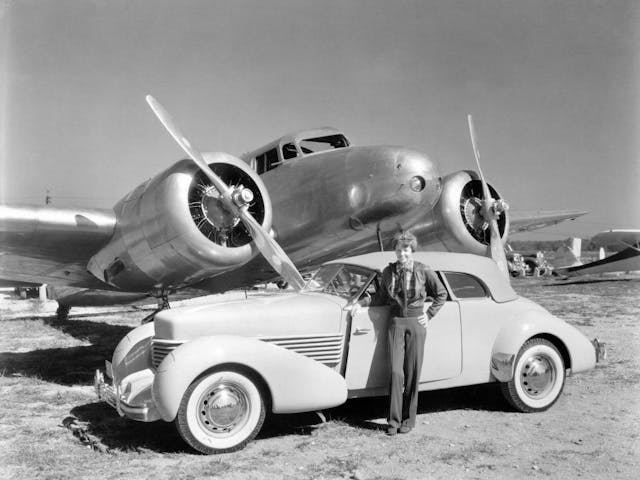
The Cord, the 33rd vehicle honored by the Hagerty Drivers Foundation, has an amazing backstory that’s worthy of its world-famous original owner. Earhart, who in 1932 became the first female pilot to fly solo across the Atlantic Ocean, later attempted to become the first woman to fly around the world. On July 2, 1937—approximately 10 months after she bought the Cord—Earhart, navigator Fred Noonan, and her Lockheed Electra airplane went missing somewhere over the Pacific Ocean. Despite an expansive search at the time and the work of professional and amateur sleuths in the nearly 86 years since, the plane and its occupants were never found.
Locating Earhart’s Cord 812—pieces of it, anyway—also required years of searching; the car was partially dissembled and the parts used in other cars after it was sold by Earhart’s husband, George Putnam, in the late 1930s. Longtime Earhart history buff Ray Foster spent decades researching, traveling, and acquiring the original components before selling the car to The JBS Collection along with a plethora of documentation, including Earhart’s last will and testament.
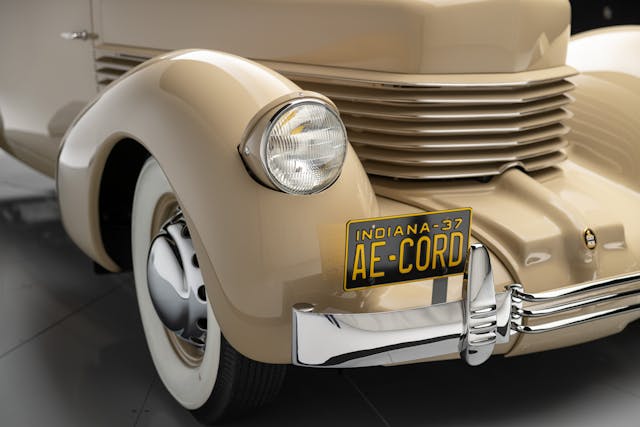
Jason Stoller, restorer and project manager for Indiana’s LaVine Restorations, Inc., began working on the Cord in 2018 and says the years-long restoration is the culmination of “a 30-year process to put the car back together,” requiring “buying three cars to gather all of the lost parts.”
The result is nothing short of spectacular. Since its completion, Smith Jr. says, the Cord has been showered with appreciation. “We have been to shows around the country, and even Italy, with the car and received eleven awards. These include two for Best-in-Show, for the car’s restoration and provenance.”
Earhart was proud of the Cord, too. Perhaps her affection for it, at least in part, had something to do with its similarities to an airplane. In addition to the car’s aerodynamic curves, the dashboard’s uninterrupted surface of machine-turned aluminum resembles the interior of a cockpit, and the headlights are retooled aircraft landing lights produced by the Stinson Aircraft Company.
Earhart was famously photographed in September 1936 standing with the car and the Lockheed Electra that she would ultimately take on her final flight.
The car

The pilot’s 1937 Cord 812 Phaeton (serial 1501H, engine FB2008, body C91 413, and frame 1714) was originally a ’36 Cord 810, but it was renumbered at the factory and sold as a ’37 812. Wearing an all-steel body built by Central Manufacturing Company, of Connersville, Indiana, it is one of approximately 3000 810/812 models that were produced and one of 1800 or so that survive.
“The car is unique in a few ways, maybe most notably that it’s one of the 1936 cars that Cord rebadged as a ’37,” Stoller says. “It’s one of those pieces of Cord lore that people in the community know.”
One of the indicators that it’s a renumbered ’36 is that the glovebox pull was changed to handles. The rarest bits are a compass and steering-wheel assist knob.
“Judges who regularly judge Cords had never seen those items in person, only in pictures,” Stoller says. “Another hyper-specific detail is the little rubber bellows underneath the gas pedal. Nobody remembers to put that in.”
The car’s 288-cubic-inch, Lycoming flathead V-8 provided an advertised 125 horsepower. Its four-speed gearbox is actuated by a Bendix Electric Hand shifter. The front-wheel-drive design was influenced by the Citroën Traction Avant.
As for its overall design, Stoller says “the Cord 812 was envisioned as a kind of baby Duesenberg, which is one of the reasons it has turned metal in the dashboard.”
A 1937 Cord 812 Phaeton convertible in #1 (Concours) condition, minus the Earhart provenance, is worth $265,000 according to the Hagerty Price Guide. It would be difficult to put a value on Earhart’s car, which carries its original color scheme of Palm Beach Tan over Deep Maroon.
According to documentation provided by Ray Foster’s research, Earhart’s husband filed an Inventory and Statement of Assets for the Earhart estate on February 28, 1939. The inventory lists one “Cord 8 Phaeton Convertible Sedan automobile, 1936 model, Engine No. FB 2008—appraised at $900.” Accounting for inflation, that’s only $19,371 today.
Lost and found
Before reading further and following the winding path of the various Earhart Cord pieces, you might want to grab a cup of coffee. It’ll take full concentration to keep up, or maybe one of those maps with the thumbtacks and colored strings you see in detective movies.
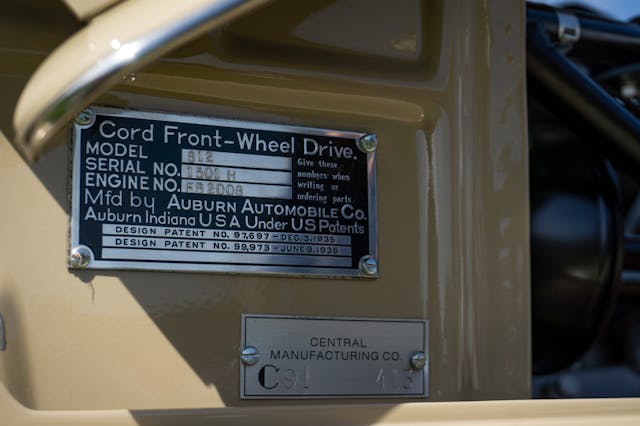
Ownership of the vehicle from 1939 through January 6, 1952 is largely unknown. Charles F. Sternburg purchased the 1937 Cord 812 Phaeton with serial number 1501H and engine number FB 2008 in January 1952. Sternburg removed engine FB 2008 from its original body and placed it in a 1937 Supercharged Cord Phaeton body. Sternburg took the grille, hood, and side pipes from the Supercharged Phaeton body and placed them on the 1501H body. He sold the Supercharged Phaeton body with engine FB 2008 to Gene Hansard of Great Falls, Montana, on May 11, 1992.
Sternburg took the identification plate off the AE body and placed it on the Supercharged Phaeton body holding engine FB 2008. Ray Foster purchased a 1937 Cord 812 Phaeton with serial number 32509H and engine FB 2008 from Gene Hansard on June 11, 1992. The VIN inspection certificate done at the time of this sale identifies the car as number 1501H because of the tag Sternburg affixed to the cowl amid the sale to Hansard. The actual 1501H body remained in the possession of Sternburg in California.

Meanwhile, the 1937 Cord 812 Phaeton with serial number 32509H and engine FB 2008 was registered and titled in Texas on September 27, 2011, using the information from the ID tag received from Hansard. On February 23, 2004, Foster purchased the 1501H body from Sternburg for $80,000.
Finally, on the title from Sternburg, the VIN is listed as FC 3232; this number is from the engine number on the ID tag that Sternburg switched from the Supercharged Phaeton body before selling it to Hansard. Foster subsequently removed engine FB 2008 from the vehicle purchased from Hansard and placed it into the vehicle purchased from Sternburg.
Foster eventually sold the Cord to Jack Boyd Smith, Jr. in 2018. If it all seems convoluted, it is. Now imagine trying to track down all of the pieces, acquire them, and fit them together in pursuit of exacting historical accuracy.
Return to glory

Foster deserves a lot of credit for reuniting the scattered Cord components. Smith Jr. and Stoller are certainly thankful.
“We paid a lot of extra attention to this car, even beyond what we normally do for a restoration,” Stoller says. “It’s just so well known in the Cord community, we had to make it as perfect as we could.”
In September 2021, Earhart’s 812 took home Best of Show honors at the Auburn Cord Duesenberg Festival. It repeated the win with Best in Show honors at the Chattanooga Motor Car Festival in October 2022.
The restoration of this wonderful car is a victory for the Hagerty Drivers Foundation, the National Historic Vehicle Register, and the overall collector car community, as well.
“Highlighting the story of Amelia Earhart and her passion for the automobile is a unique glimpse into the varied and widespread love of cars that has captivated our society since the turn of the 20th century,” says the Foundation’s senior manager of heritage, Casey Maxon. “It is one more example of the way America’s automotive history is interwoven in our nation’s diverse history.”
The National Historic Vehicle Register, which recognizes America’s most historically significant vehicles, was created in 2009 by The Hagerty Drivers Foundation, a 501(c)(3) nonprofit organization, in partnership with the U.S. Department of the Interior’s Historic American Engineering Record (HAER) and is permanently archived in the Library of Congress.
Earhart’s Cord, as well as a yet-to-be-announced vehicle that will be added to the register later this year, will be shown at various events around the country, including during the annual Cars at the Capital exhibition on the National Mall in Washington, D.C., in September 2023.
***
Check out the Hagerty Media homepage so you don’t miss a single story, or better yet, bookmark it. To get our best stories delivered right to your inbox, subscribe to our newsletters.


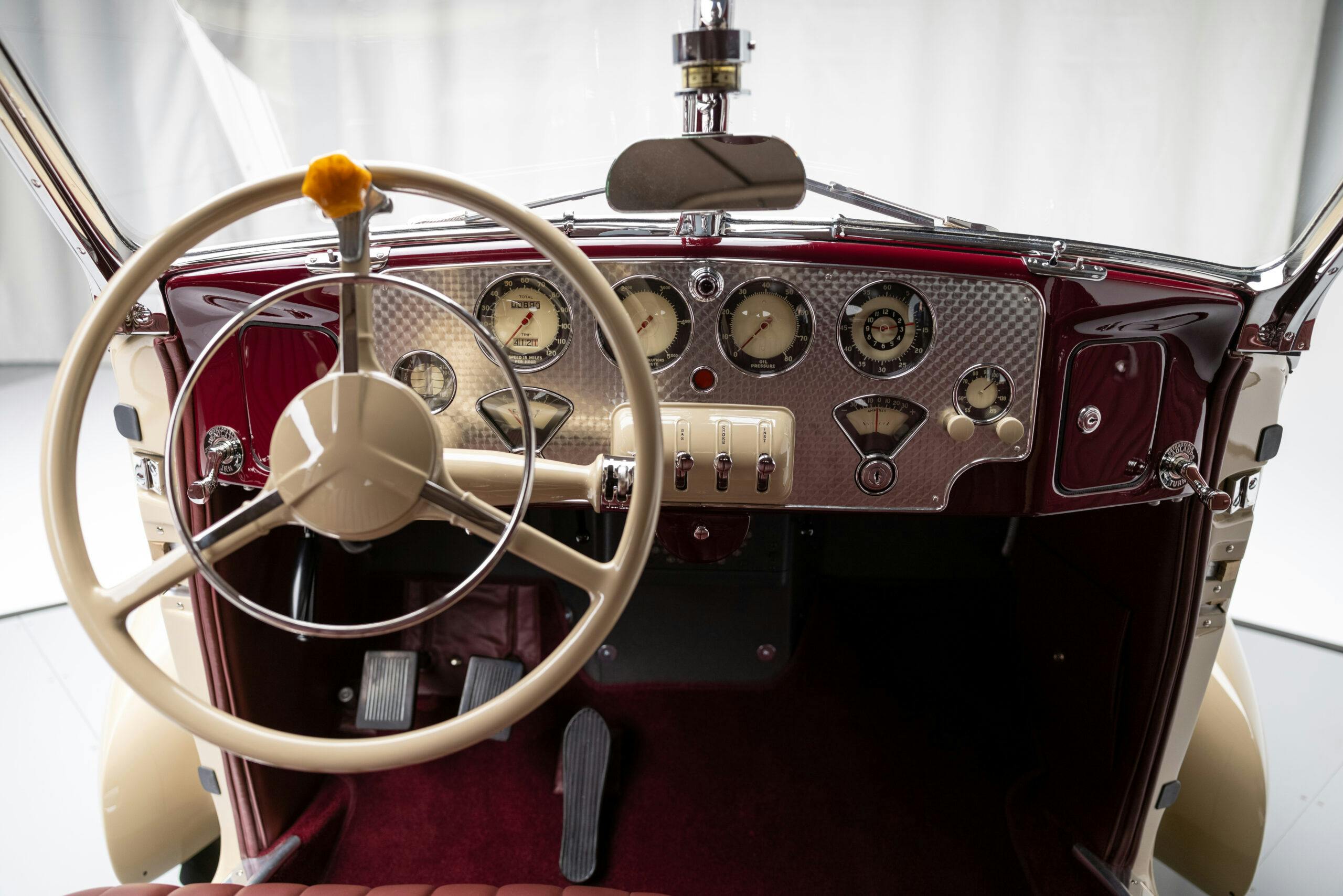
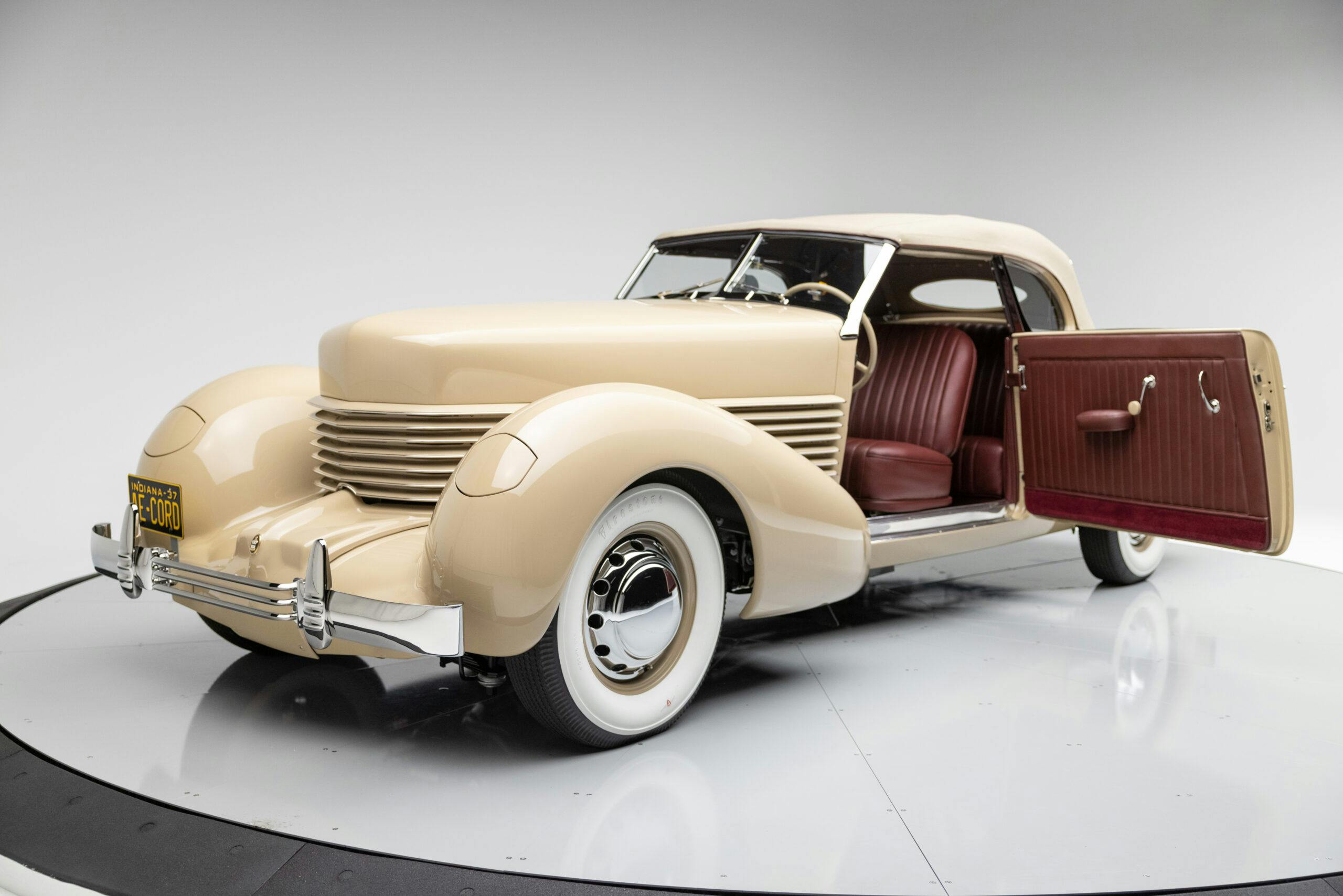

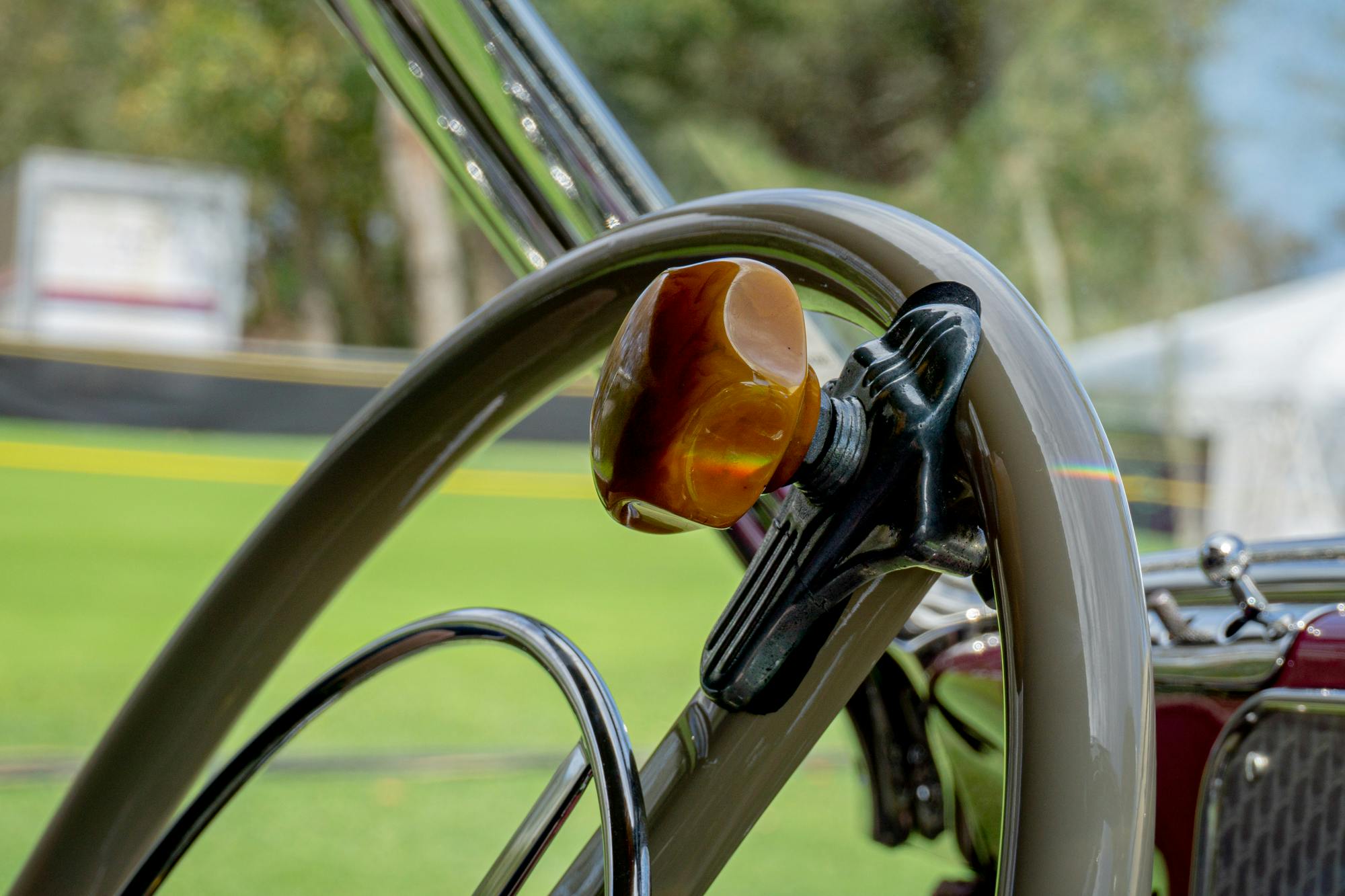

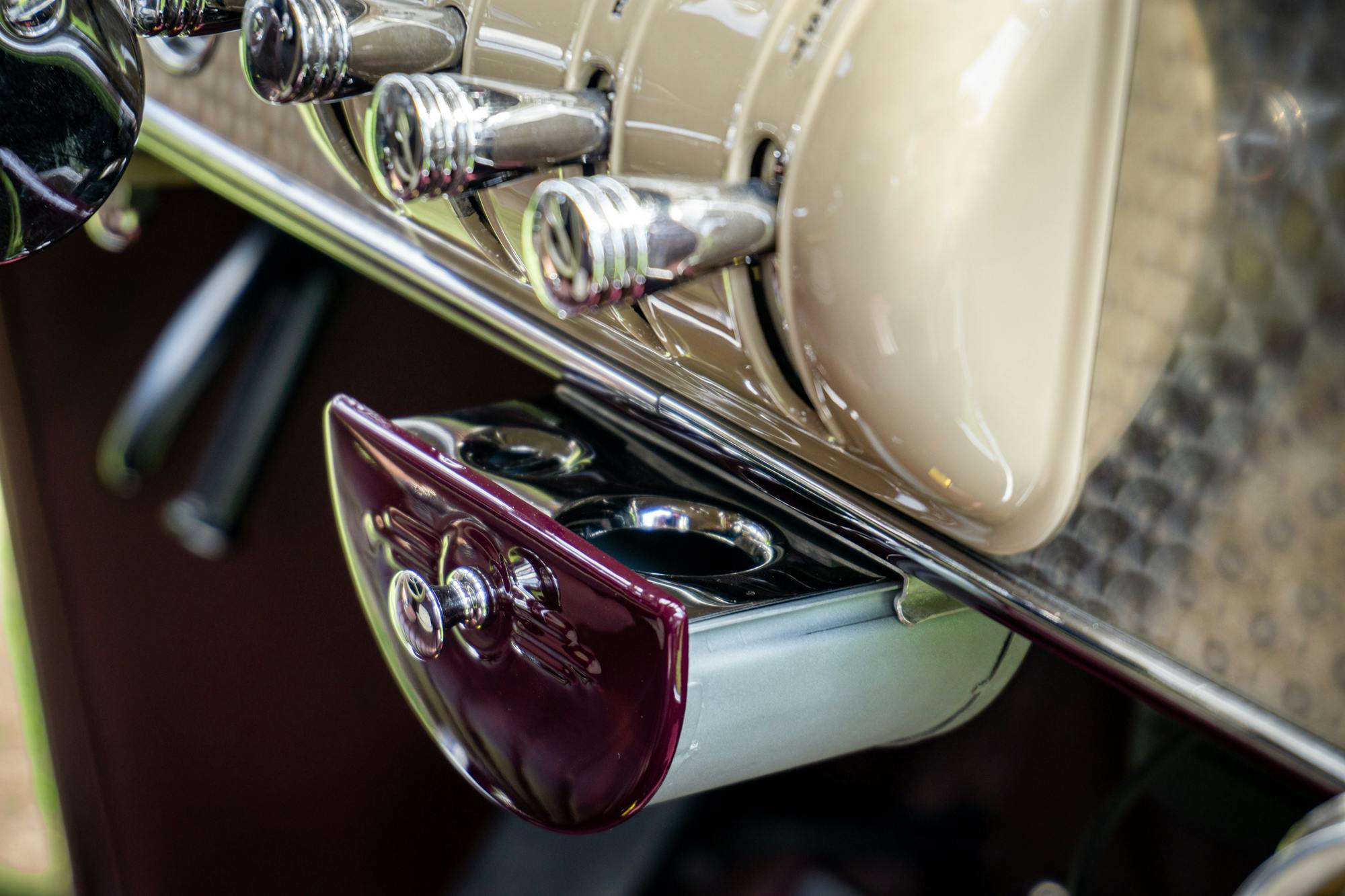
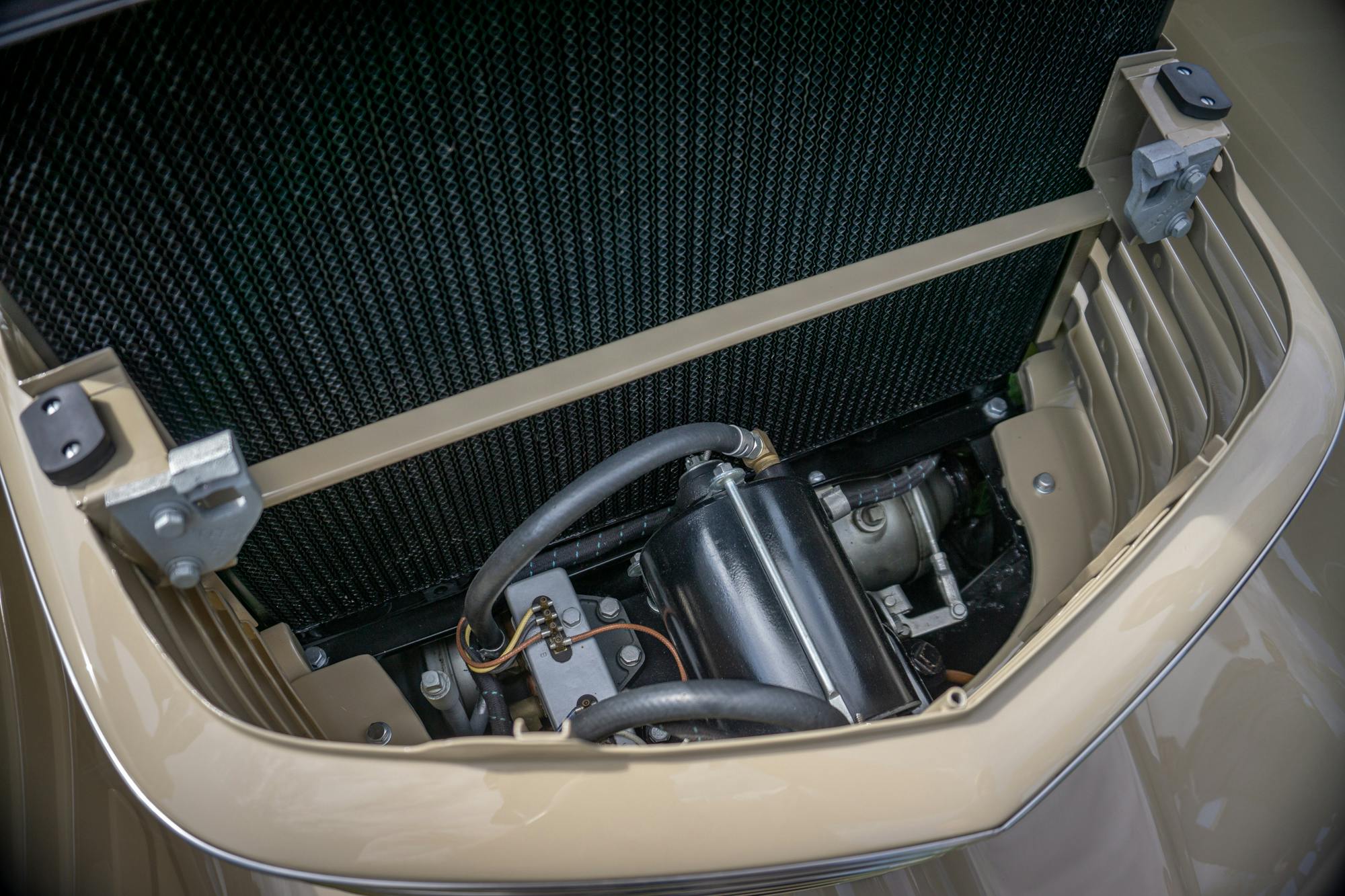
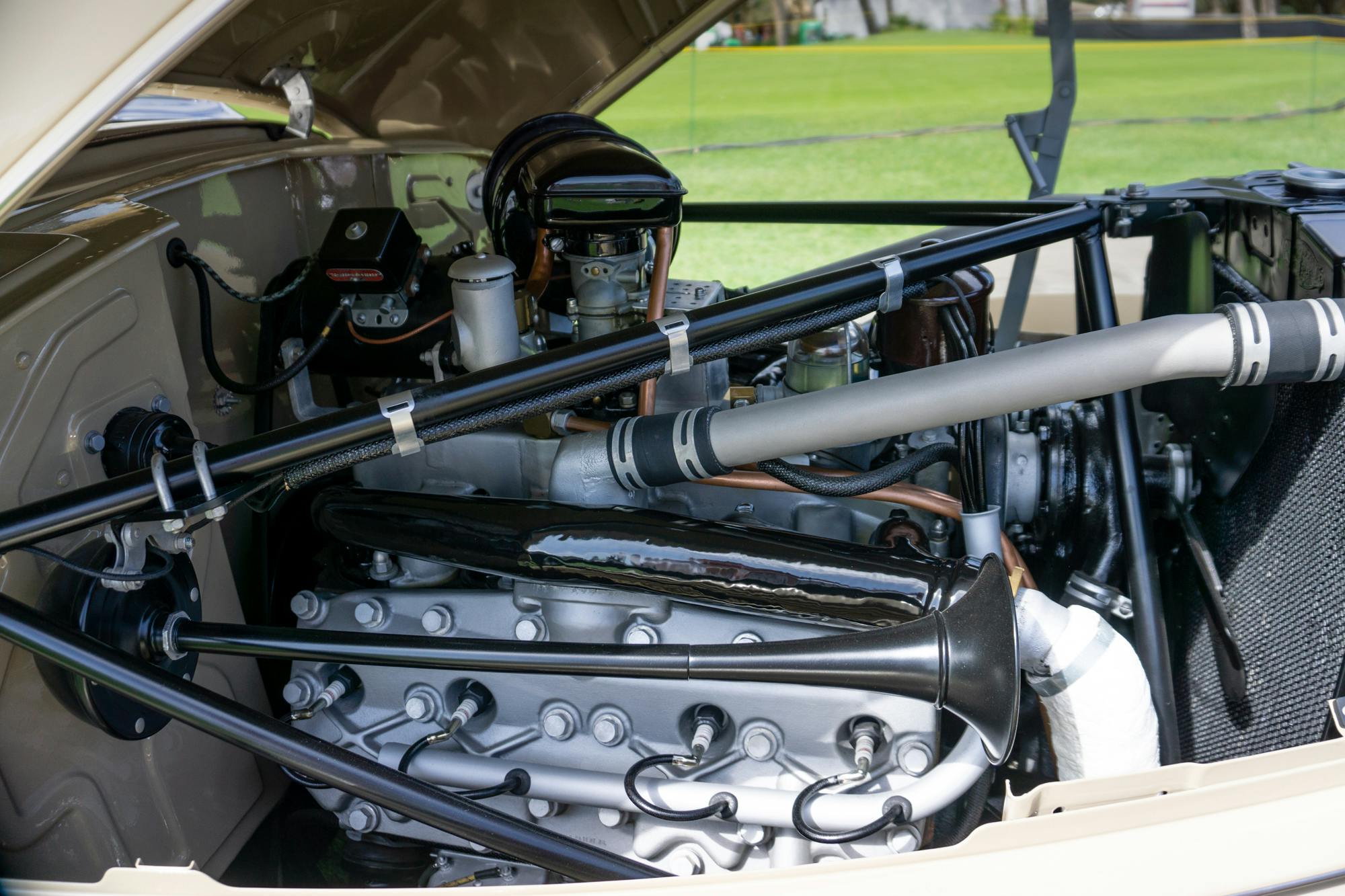
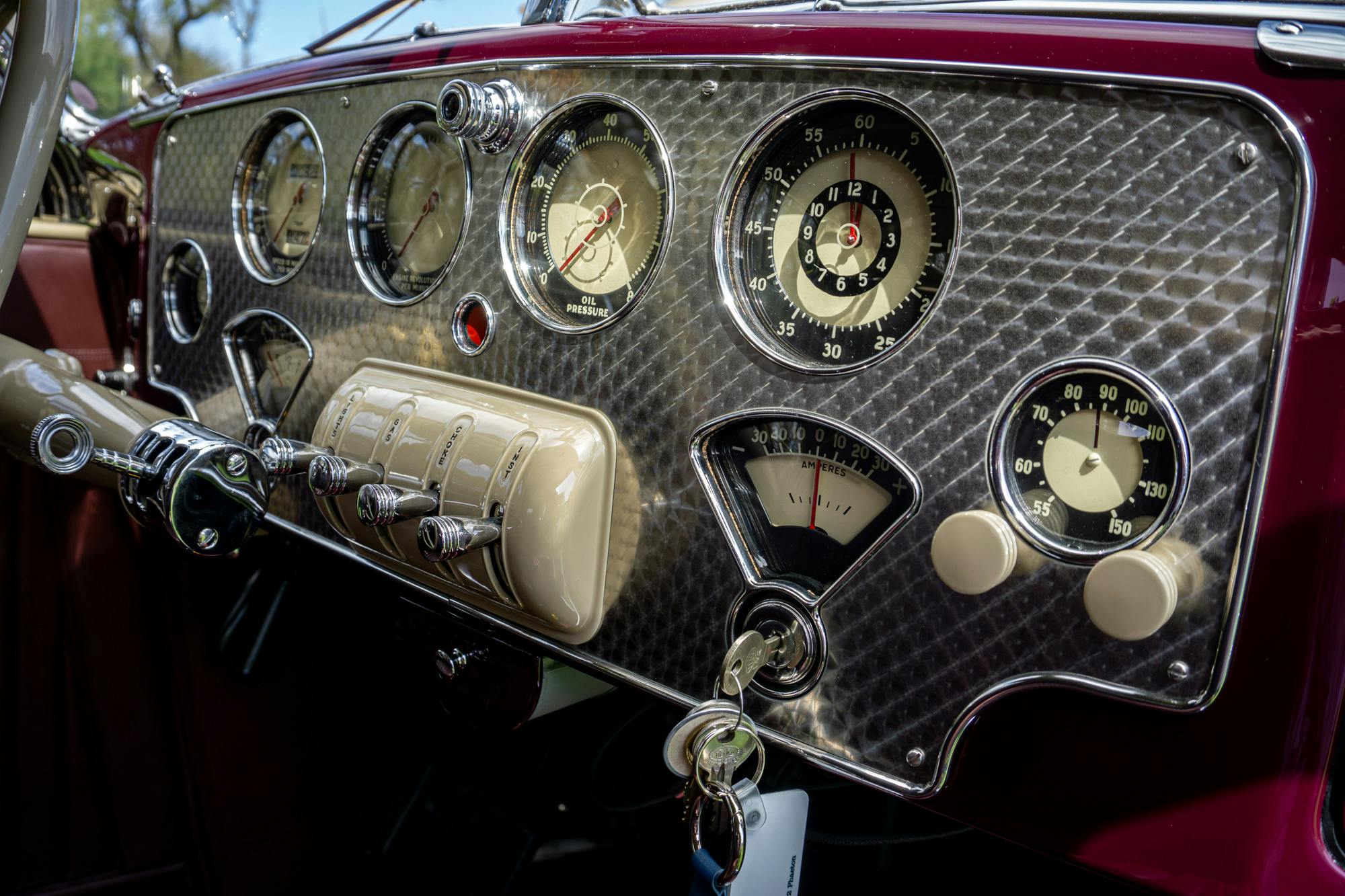
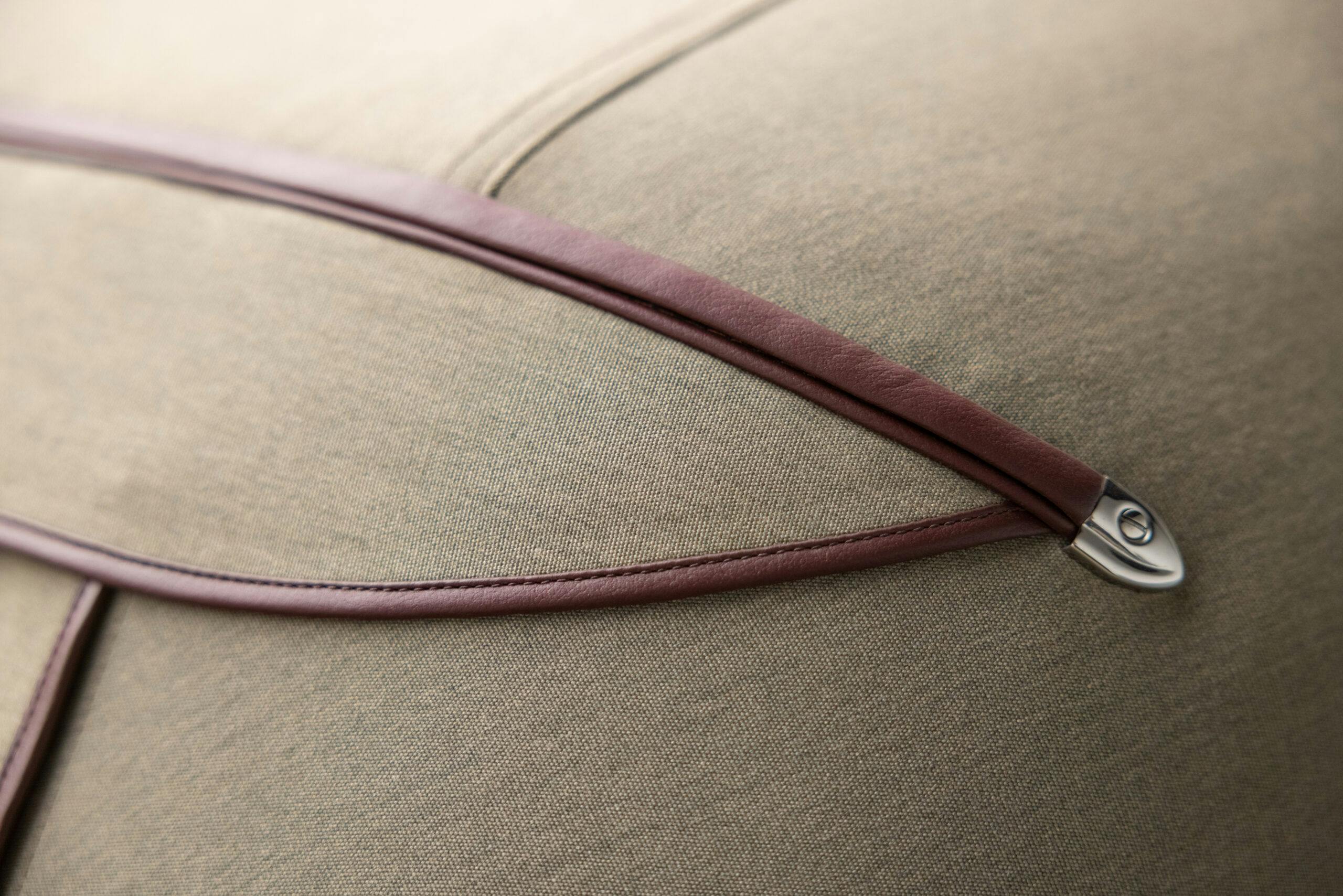
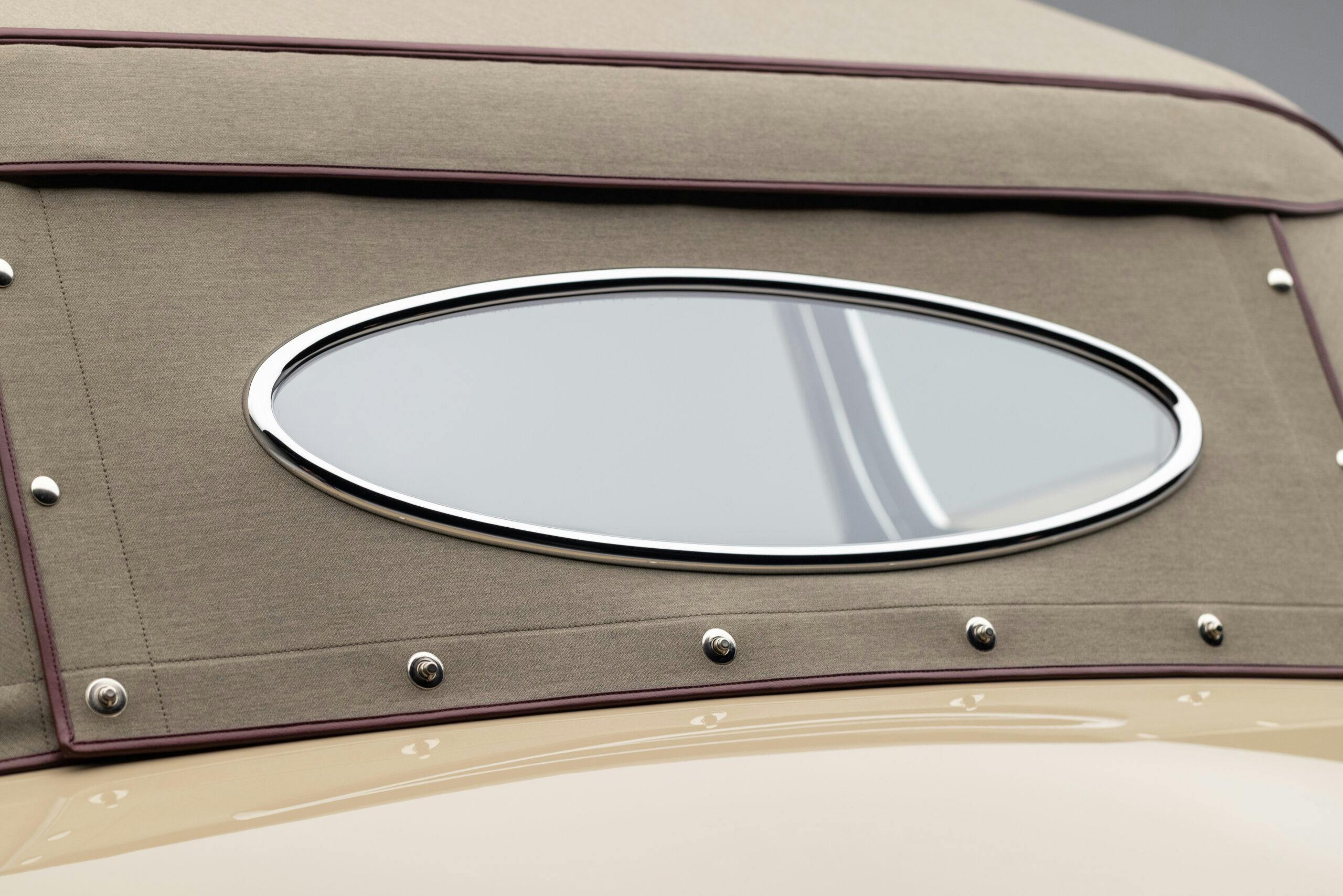

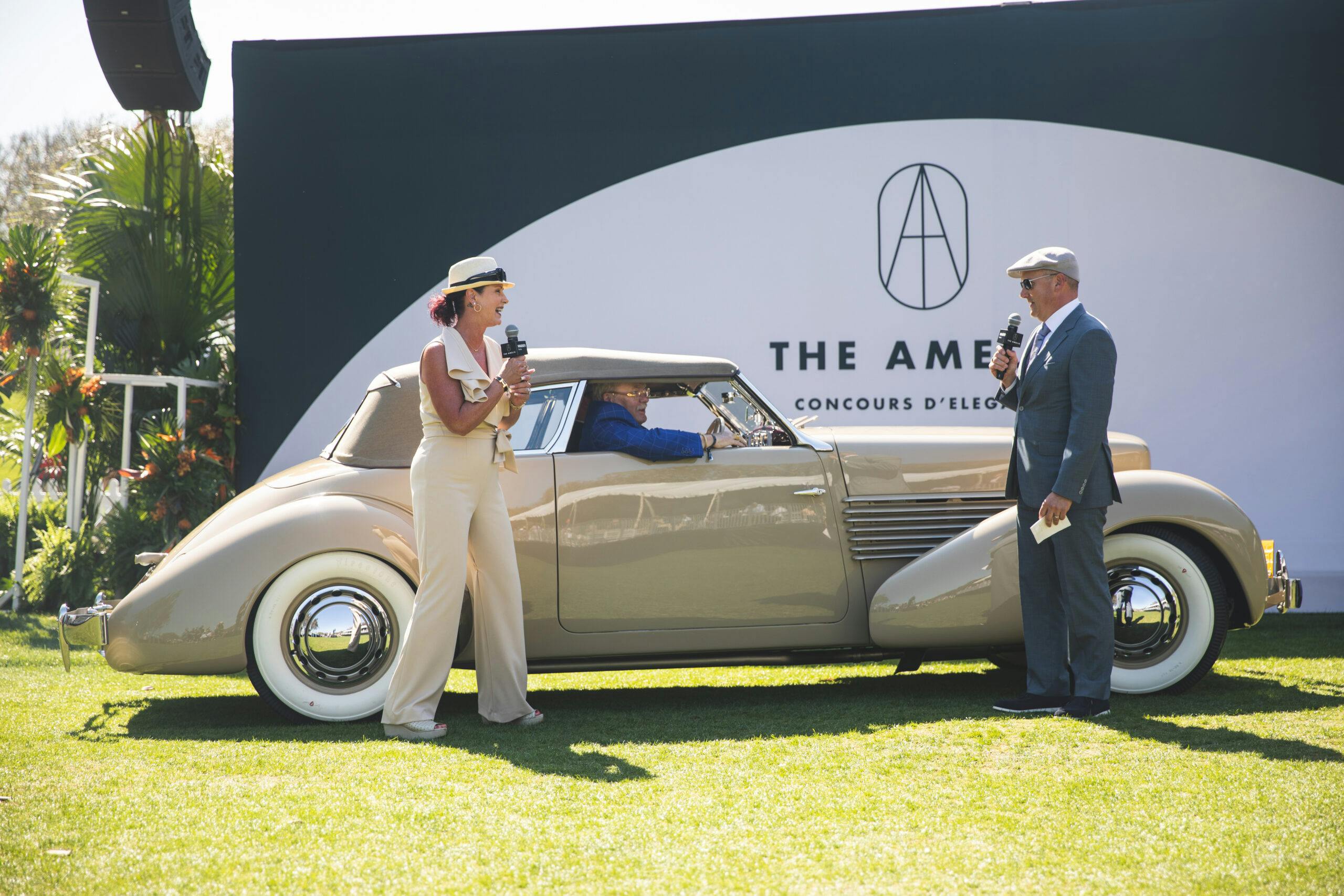

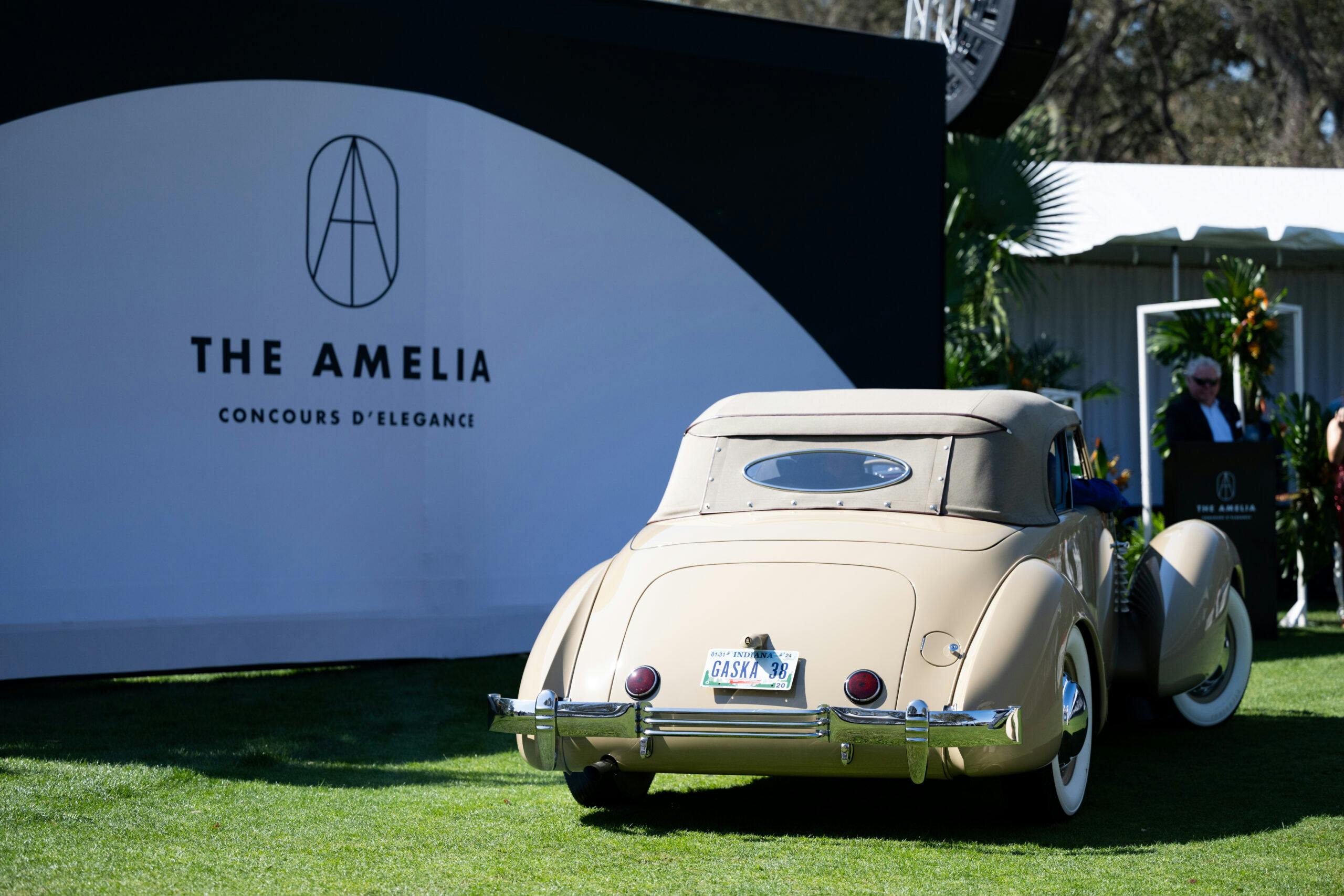
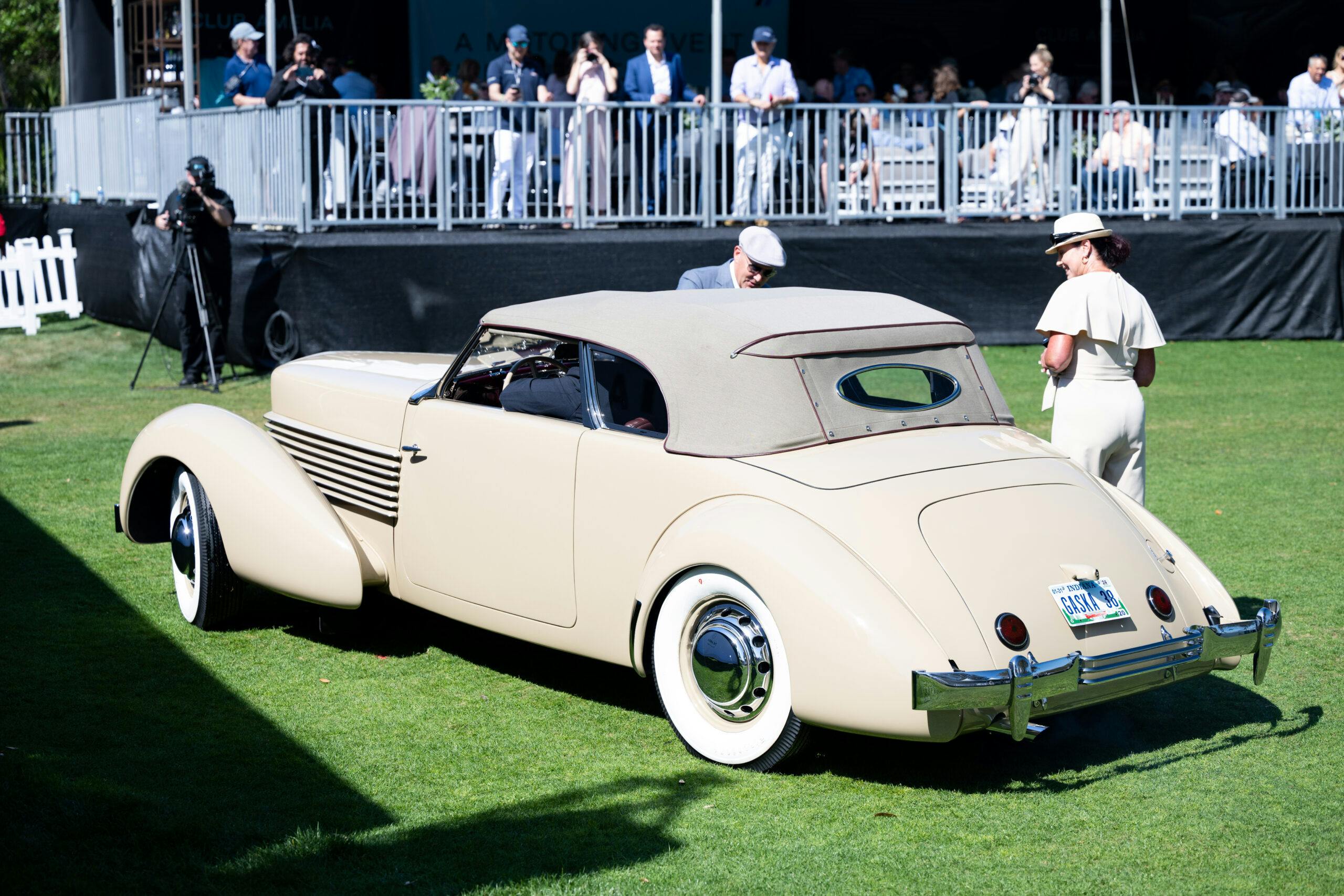
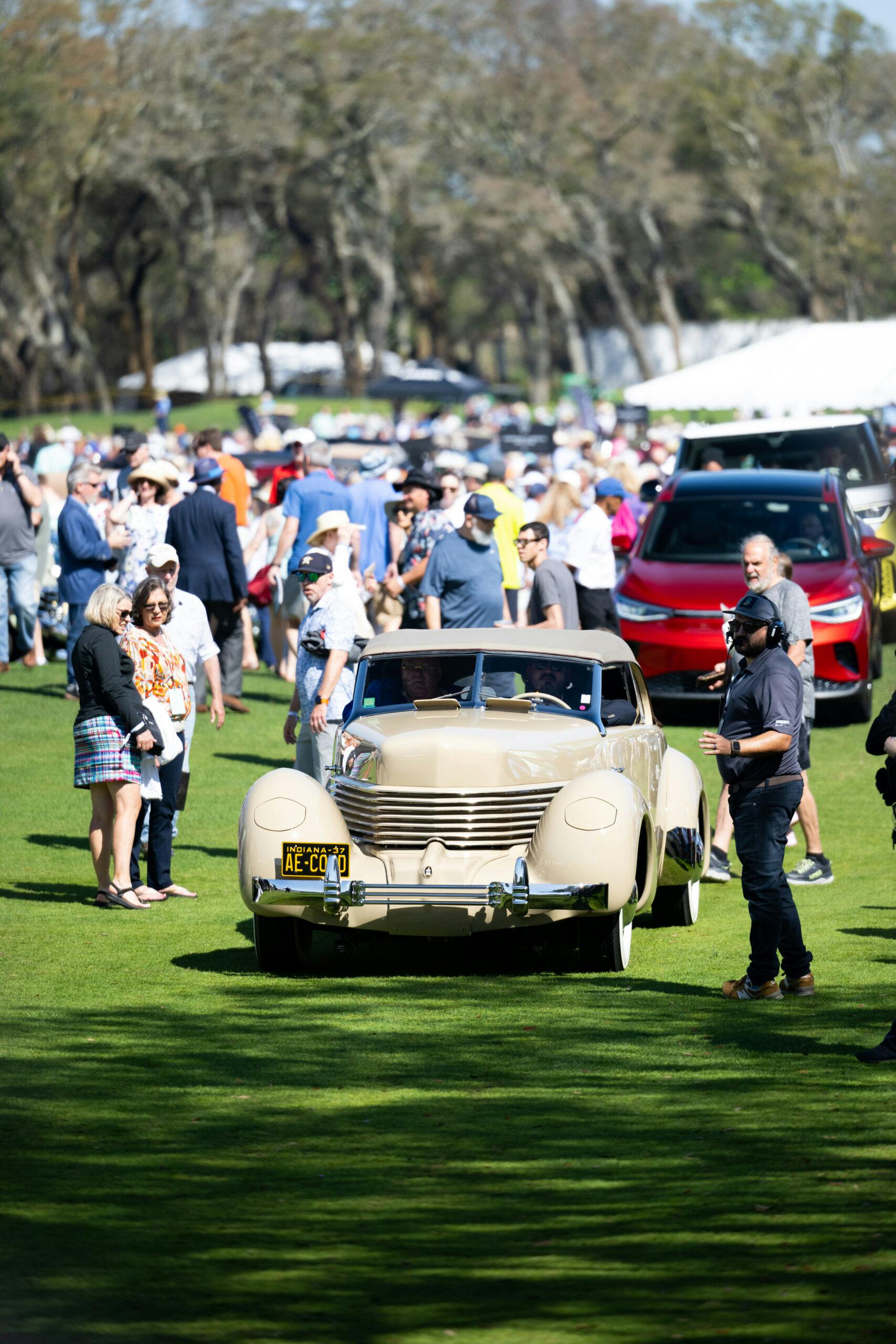
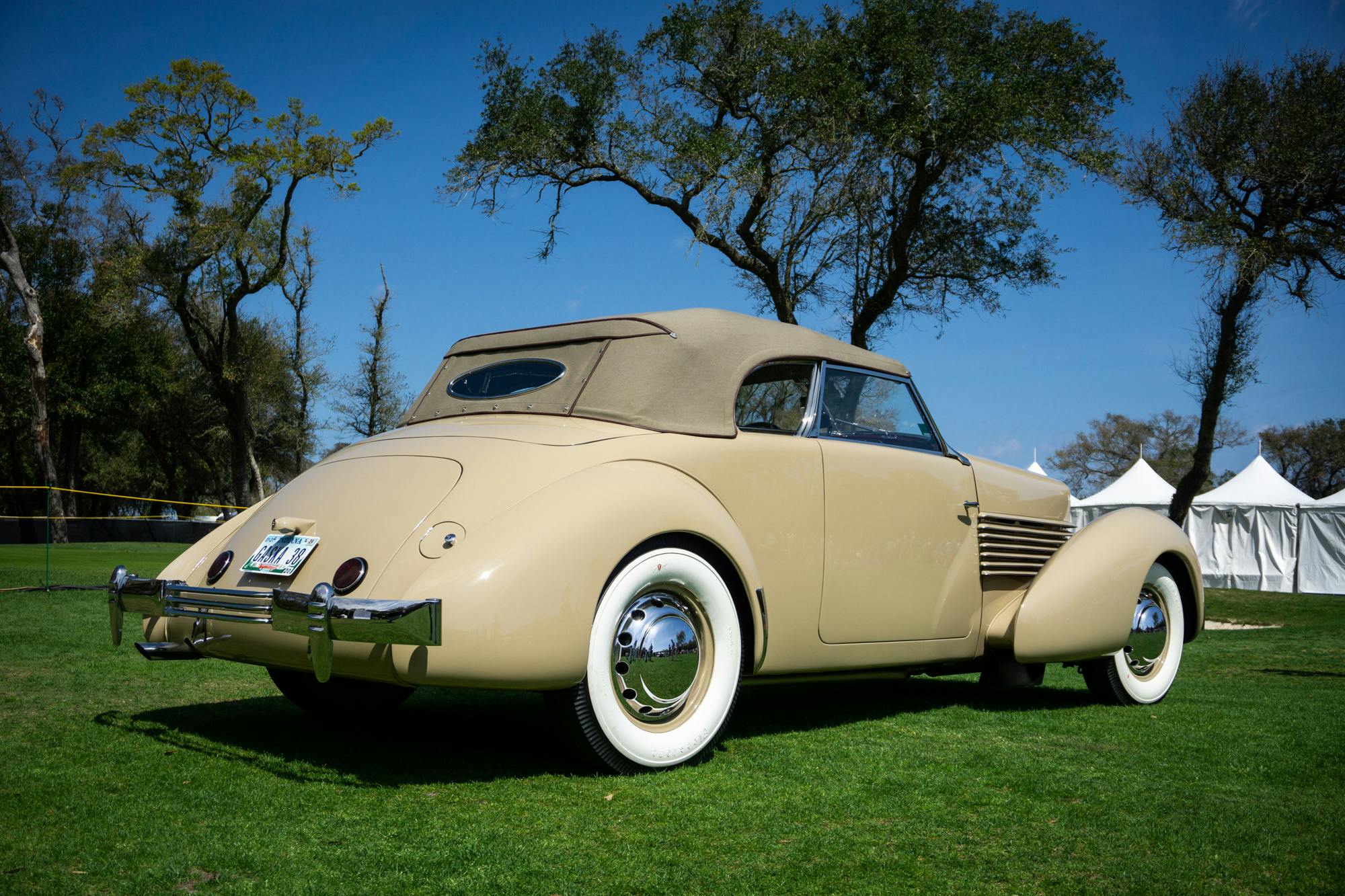
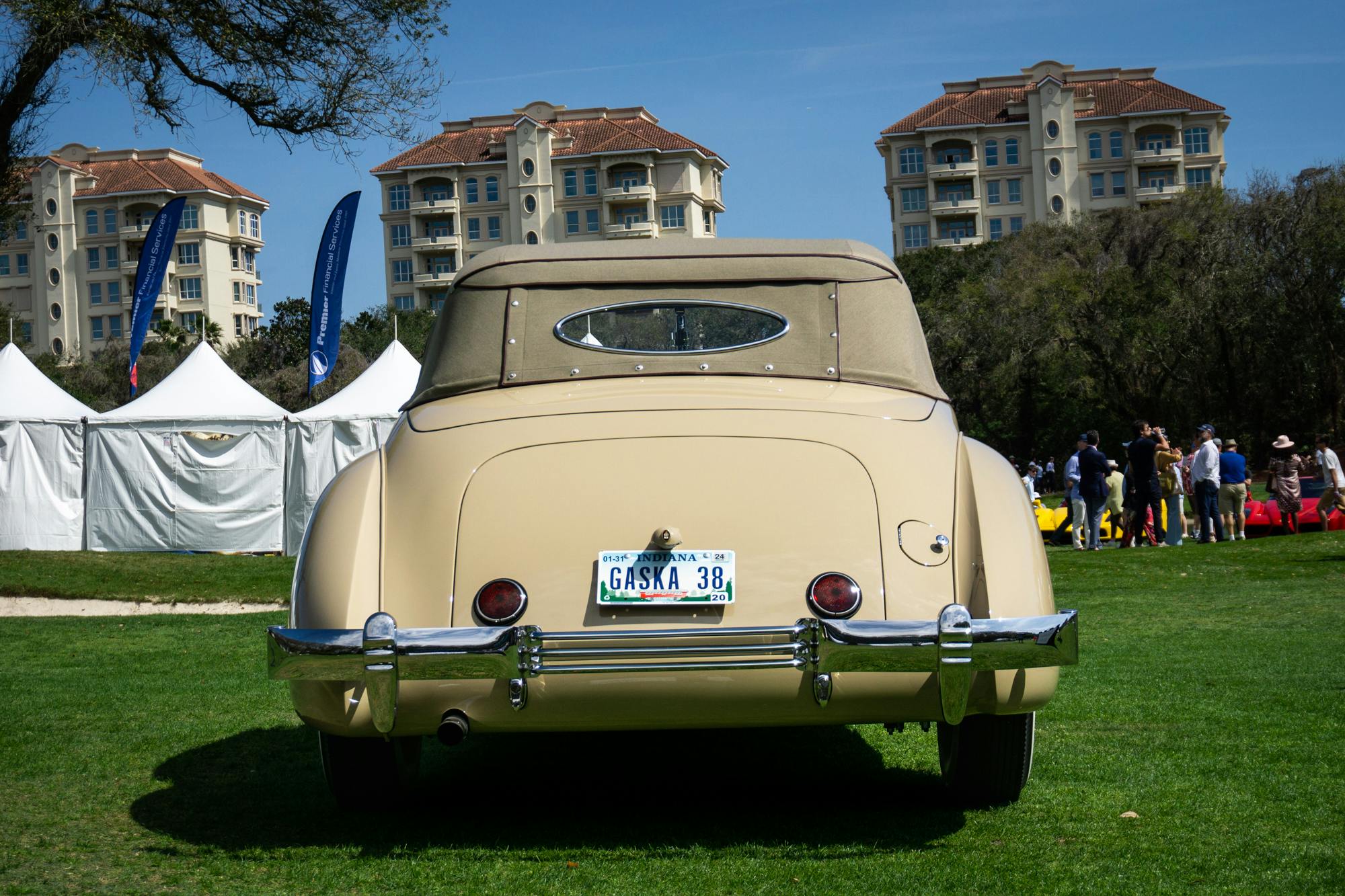
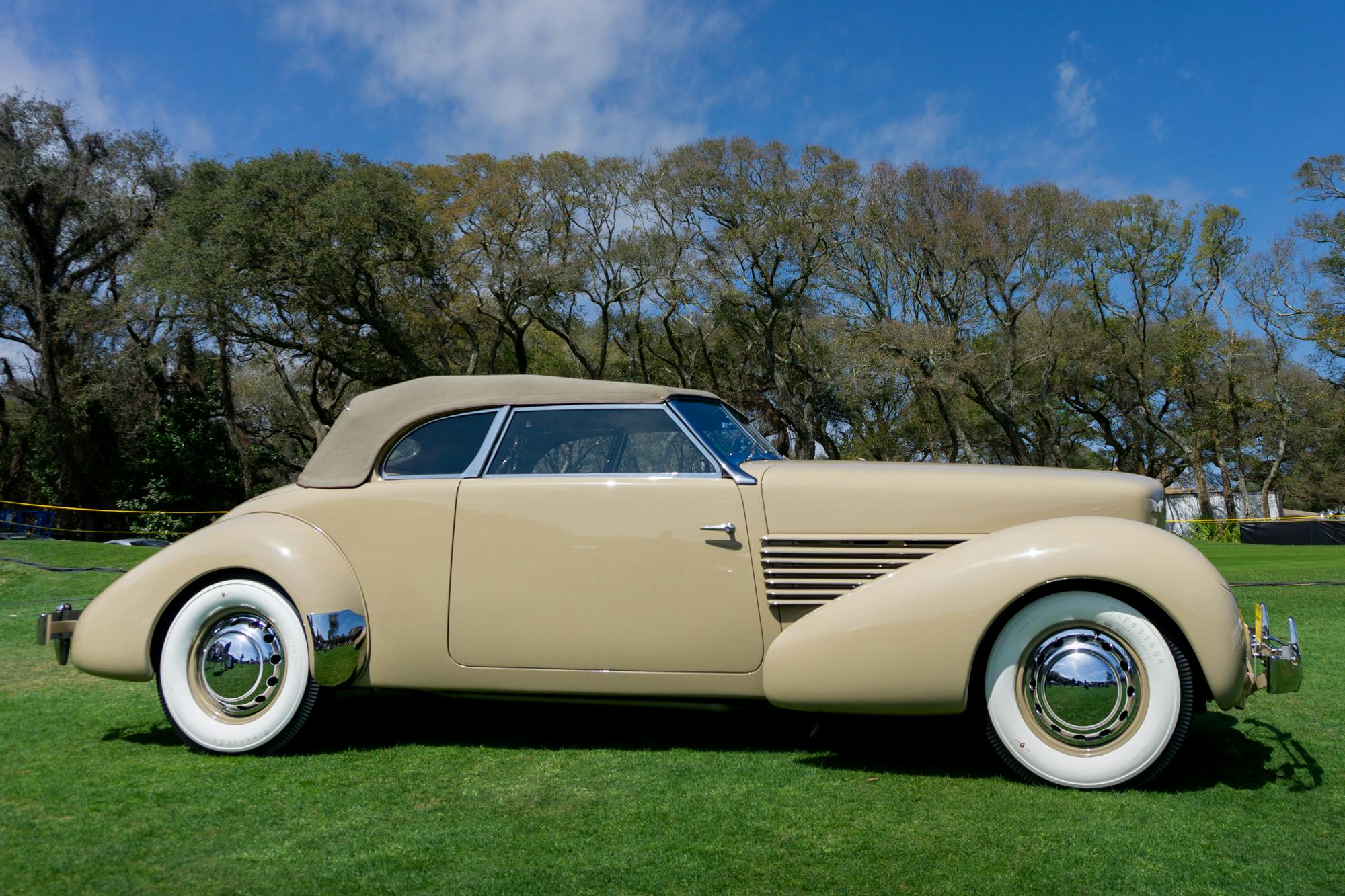

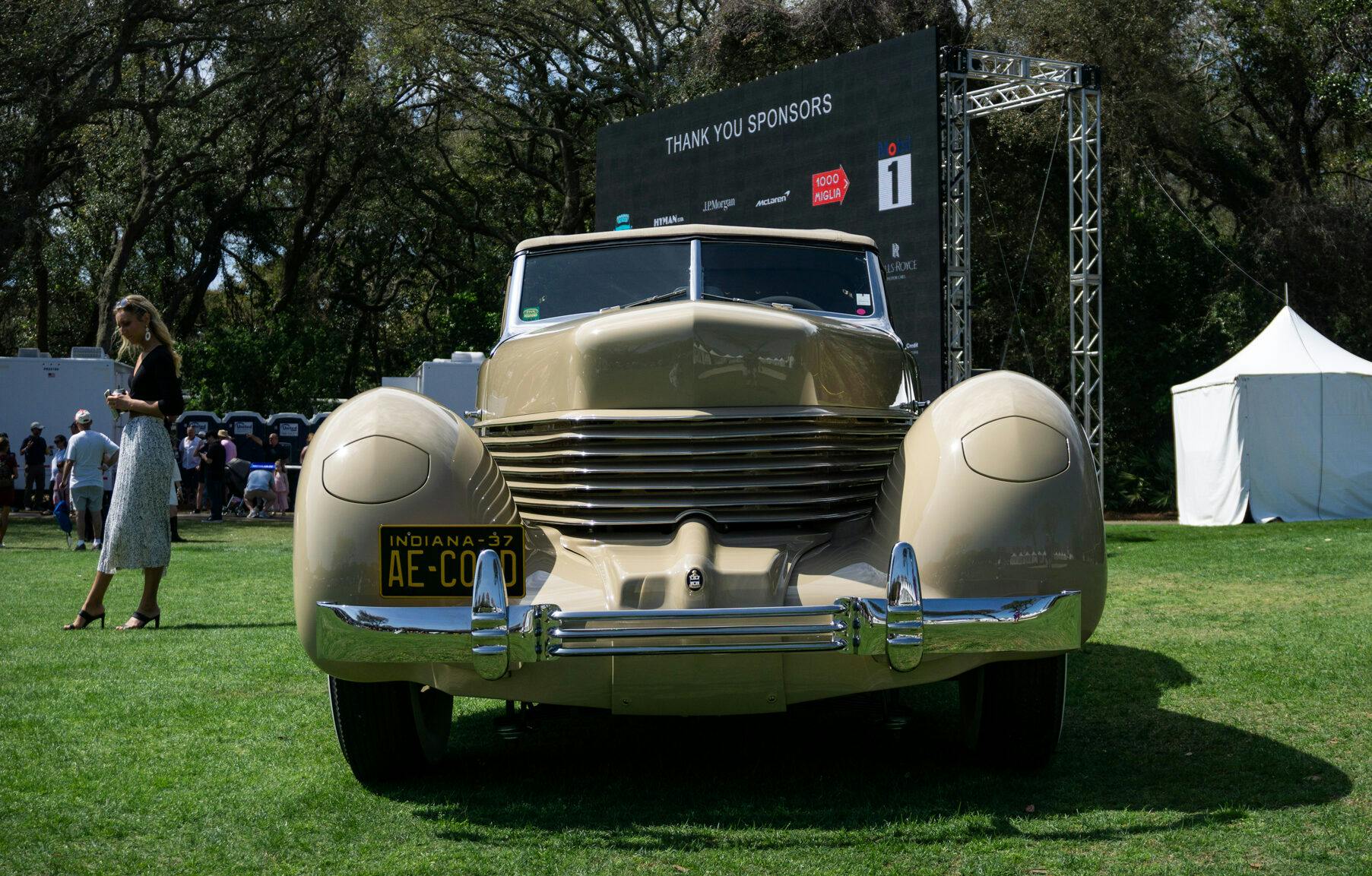

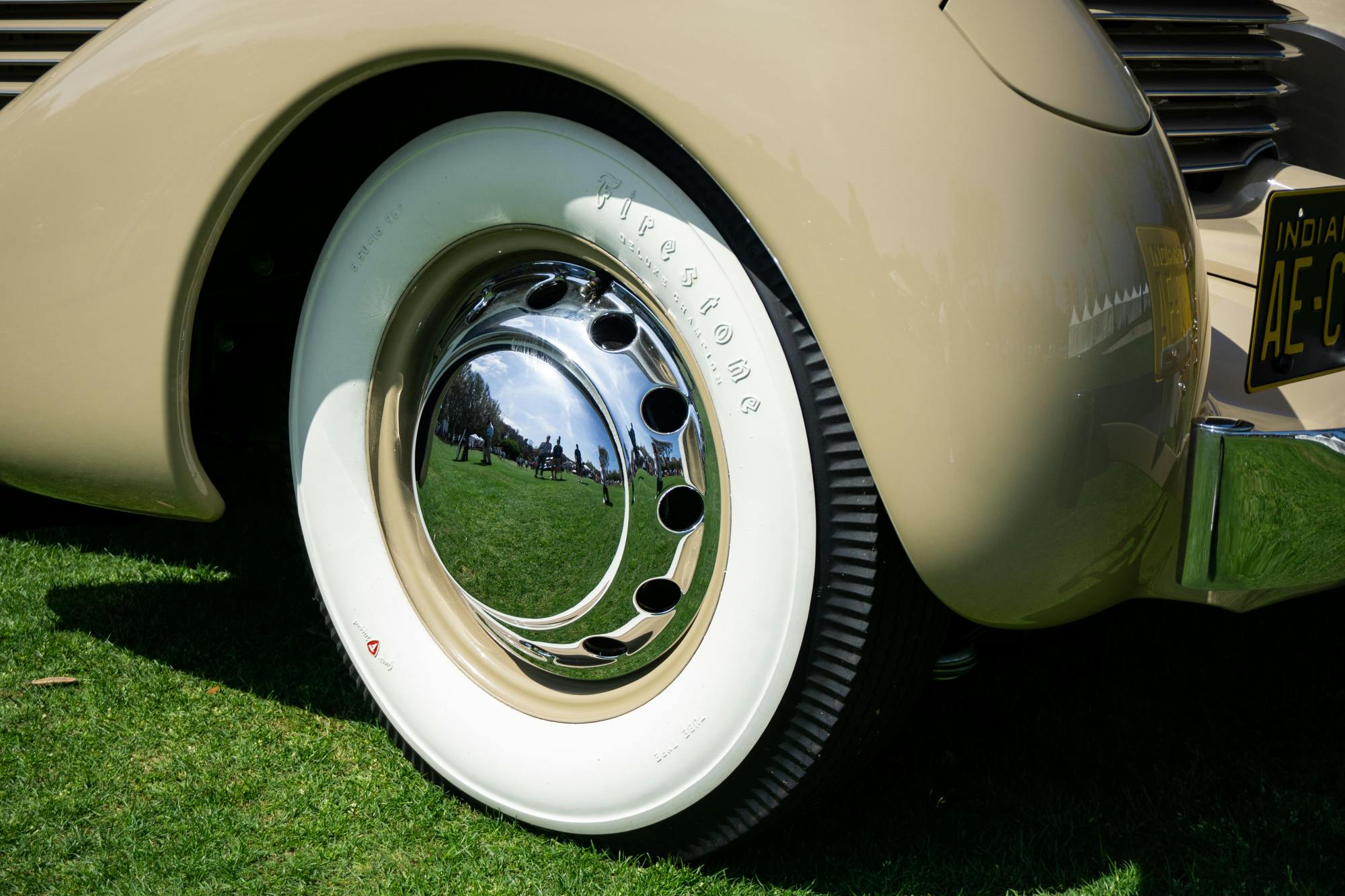

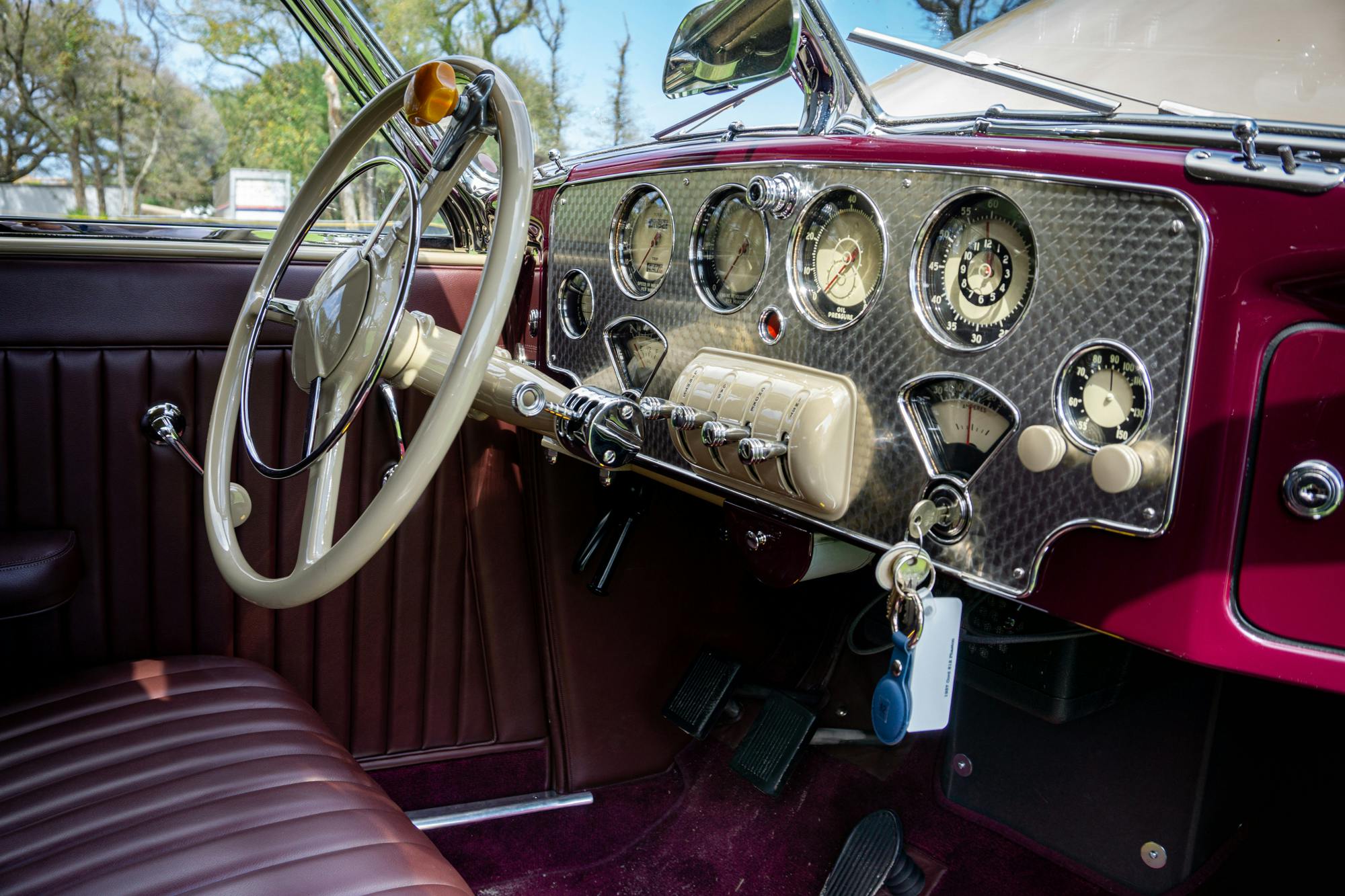

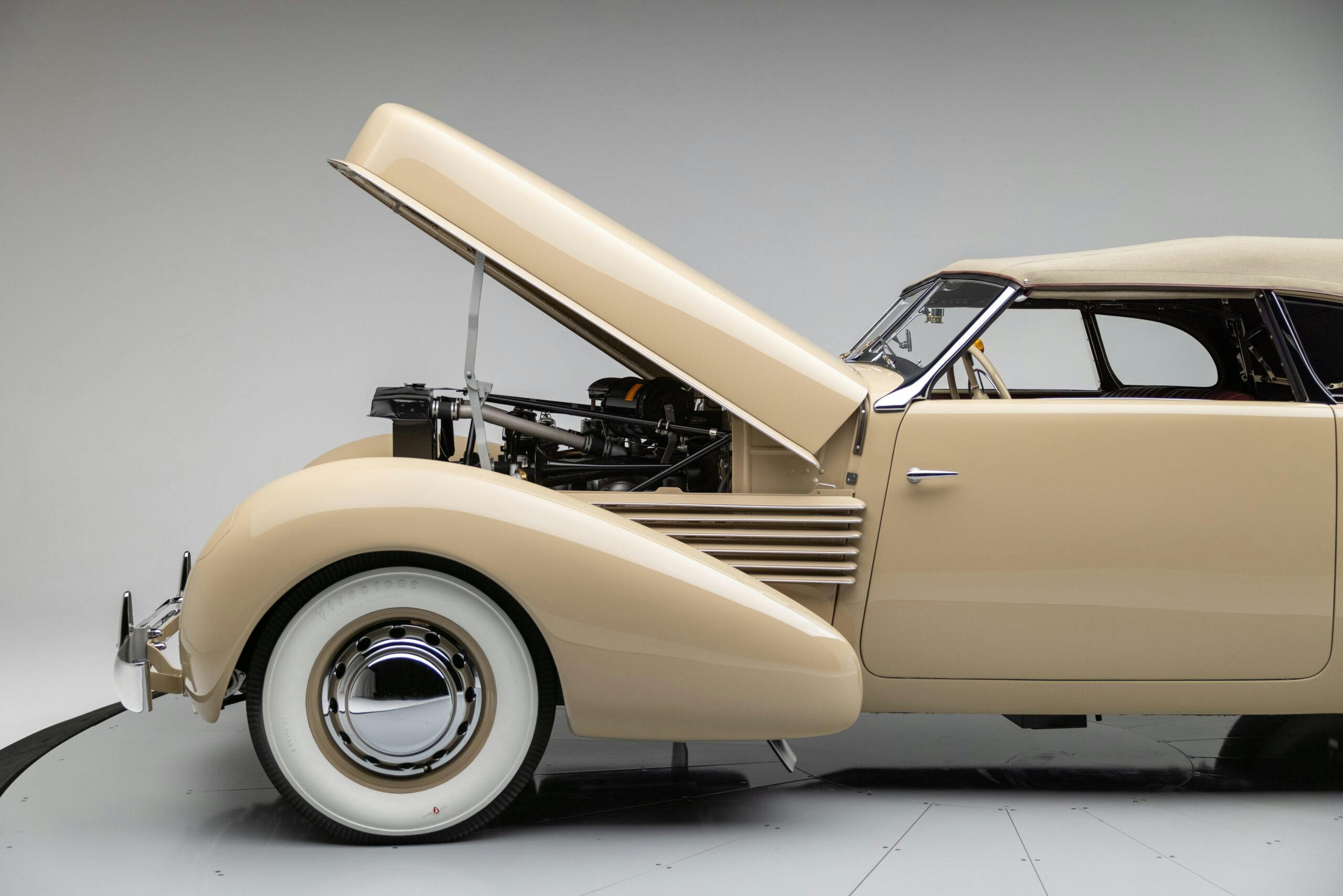
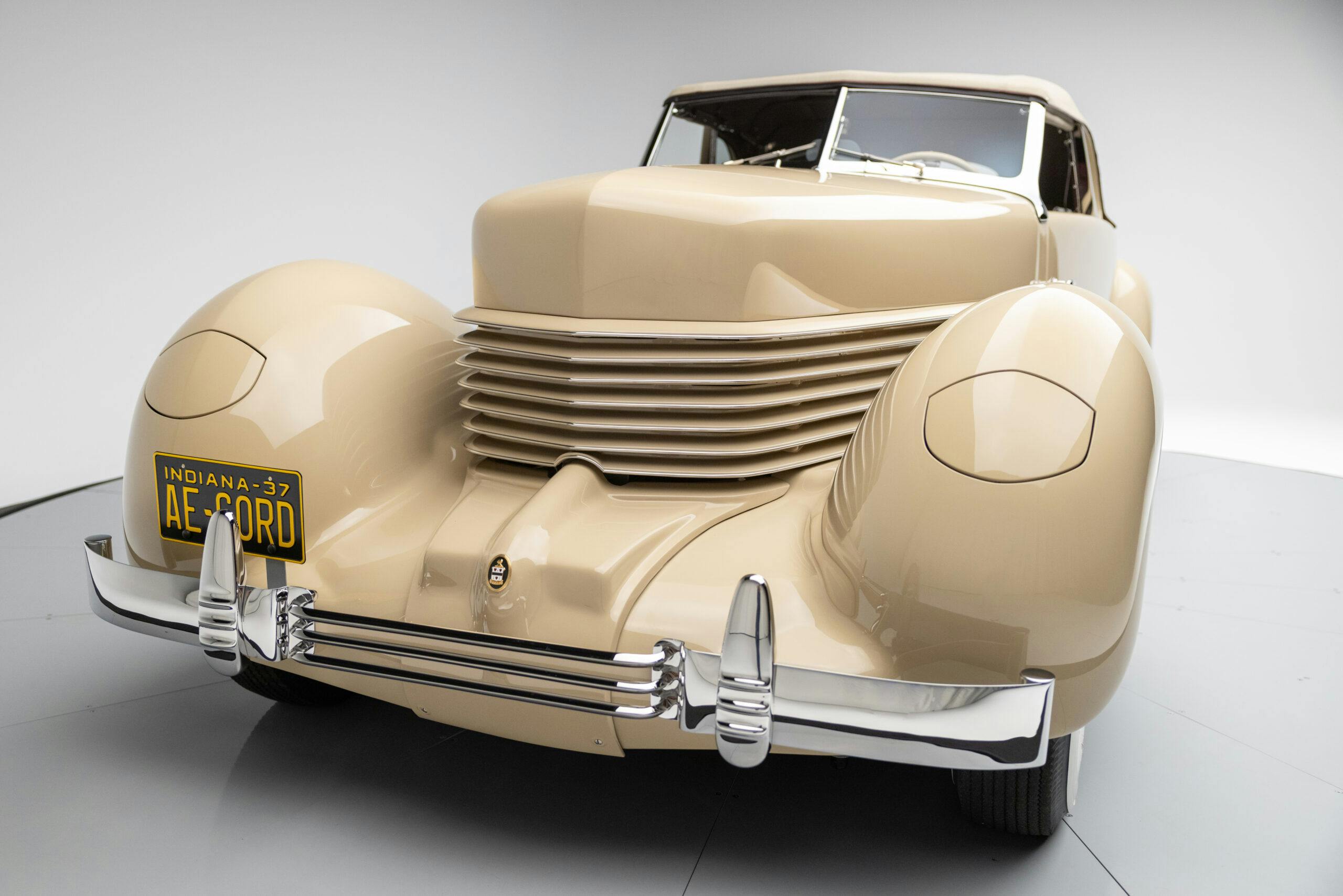
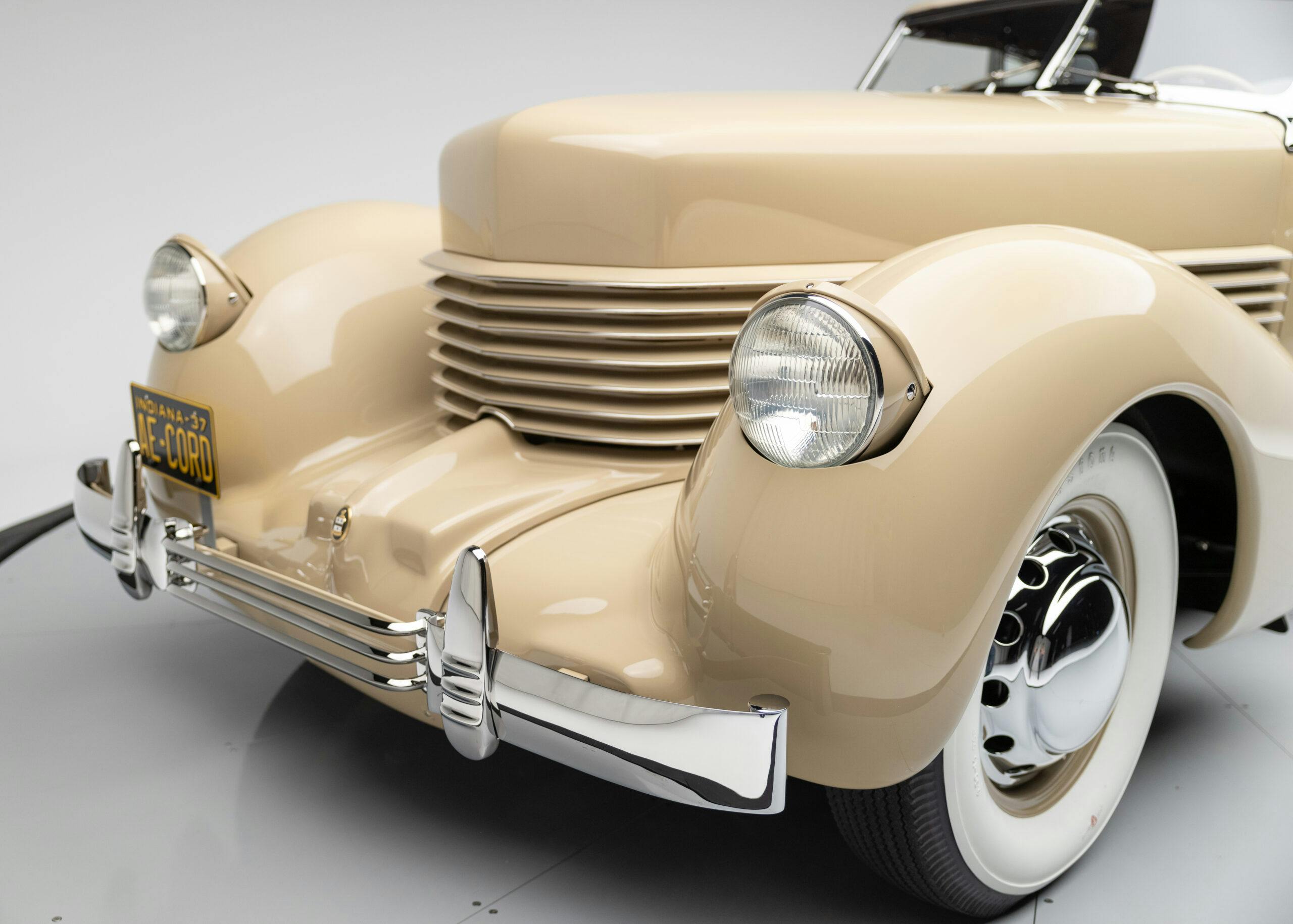
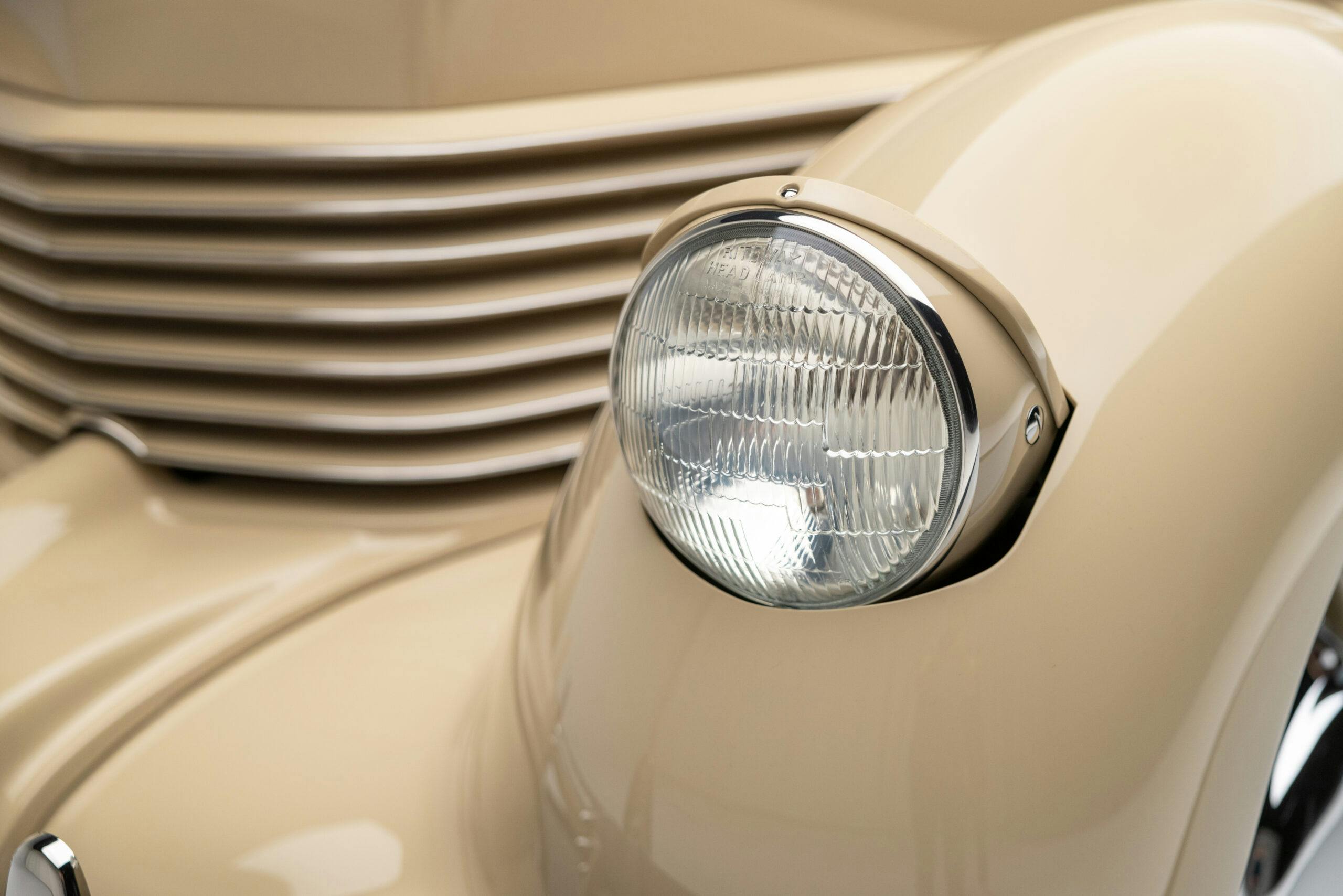
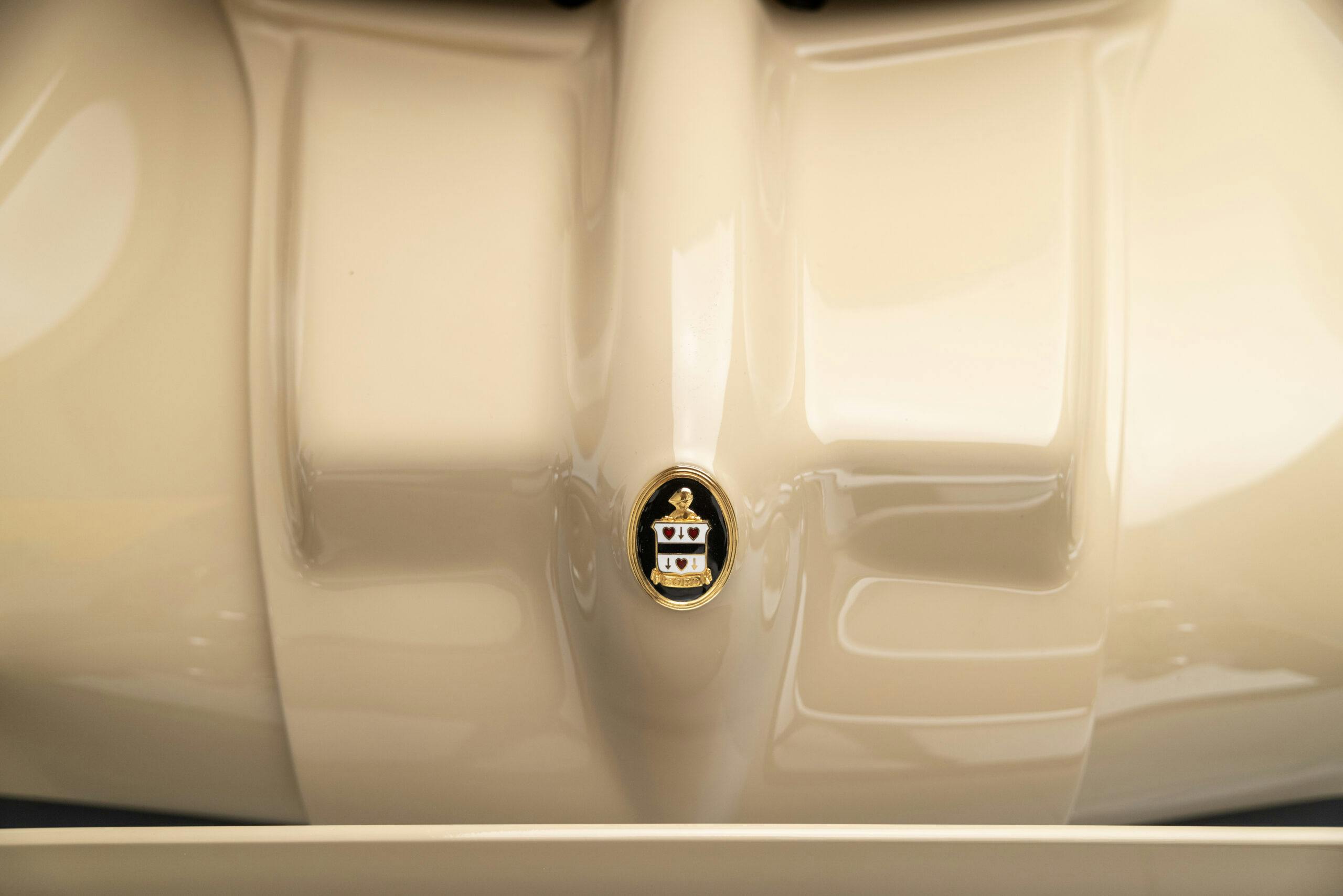


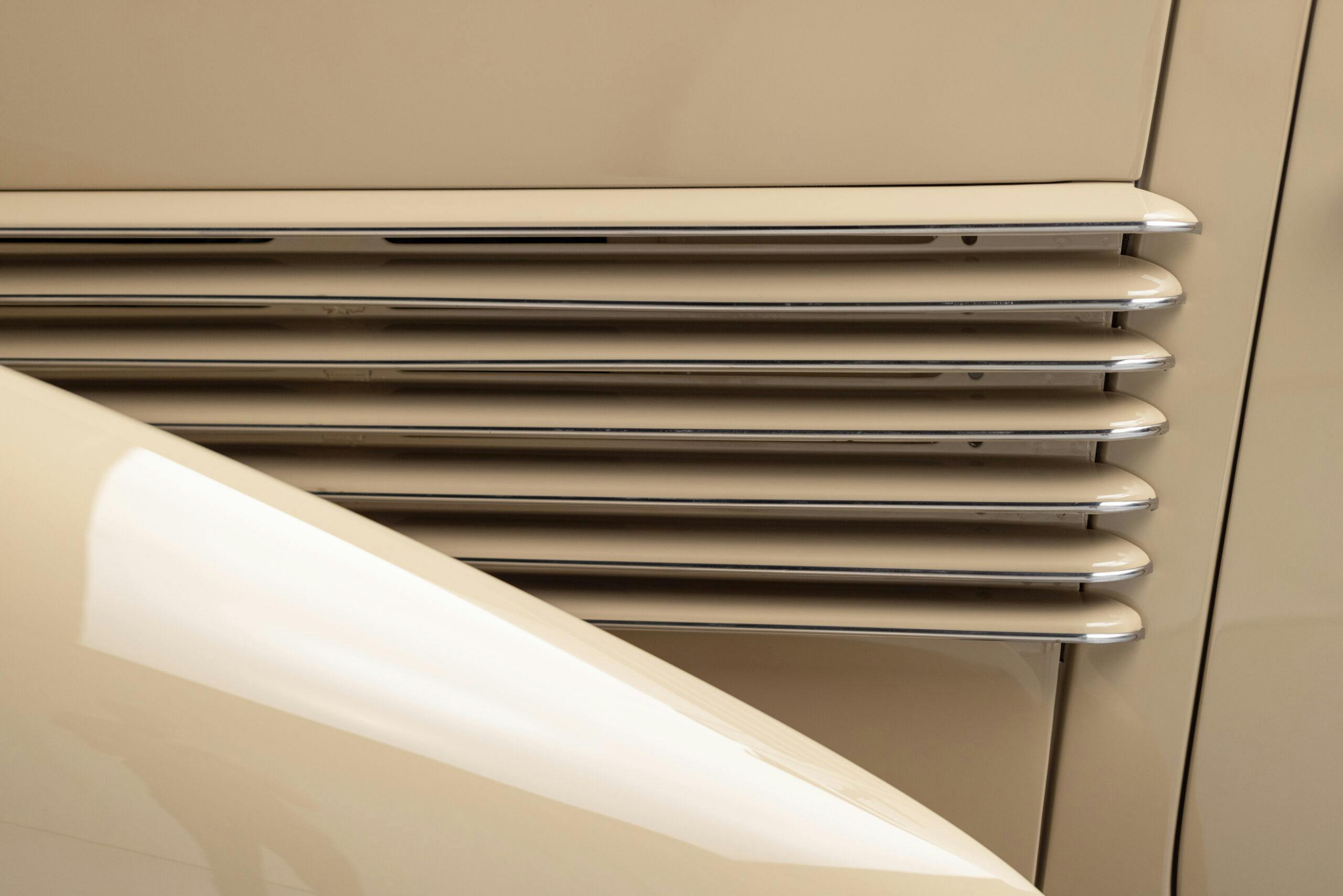
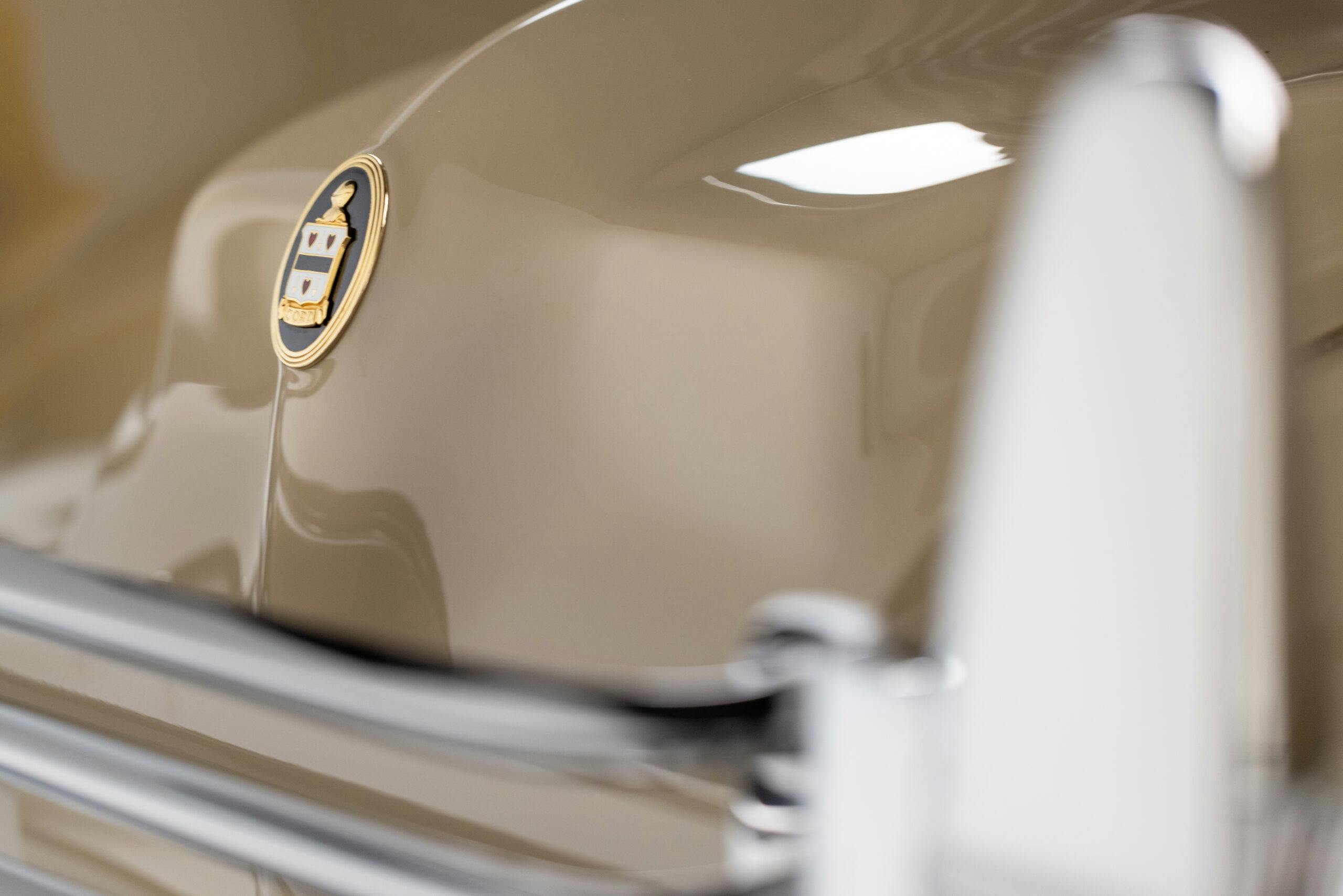
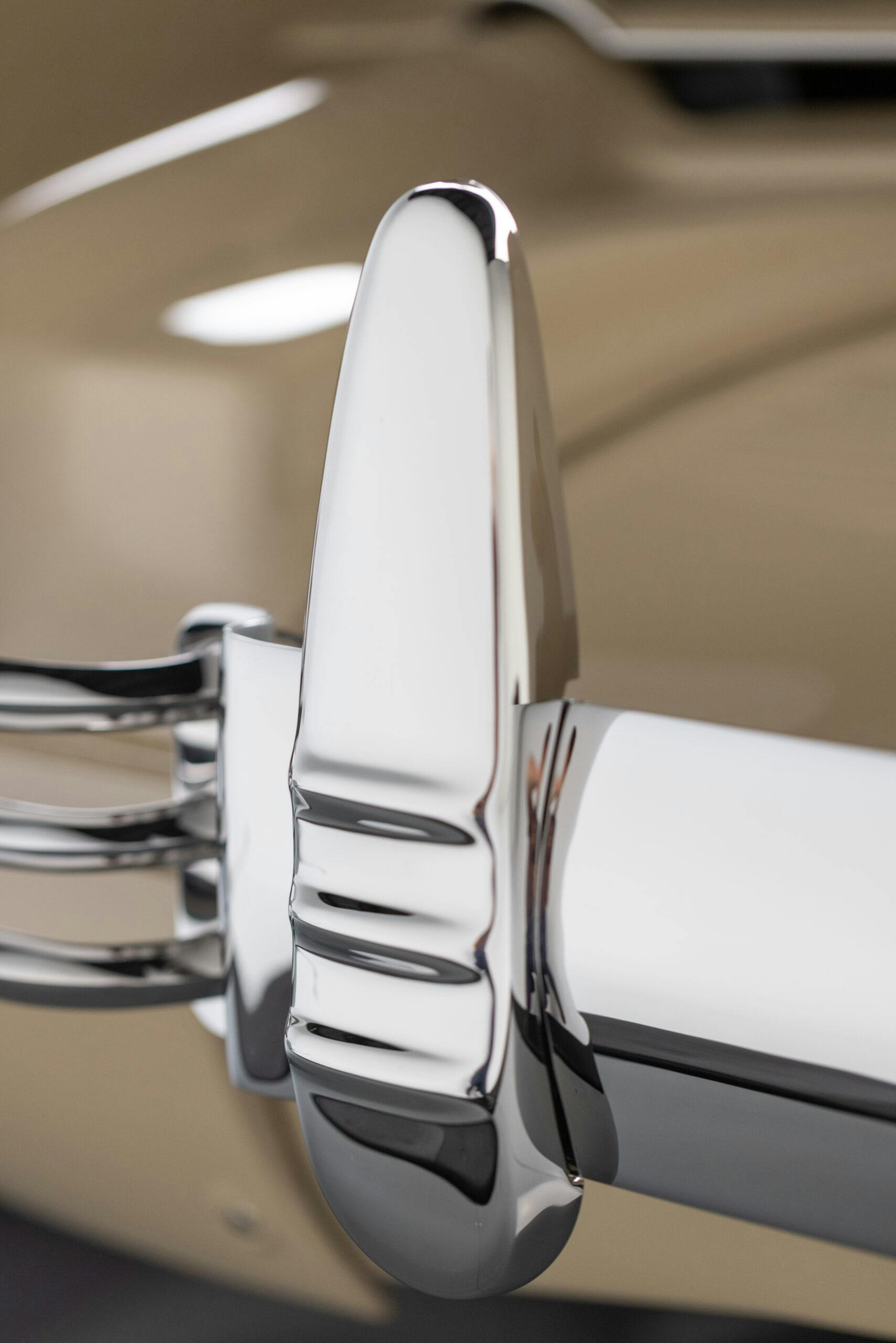
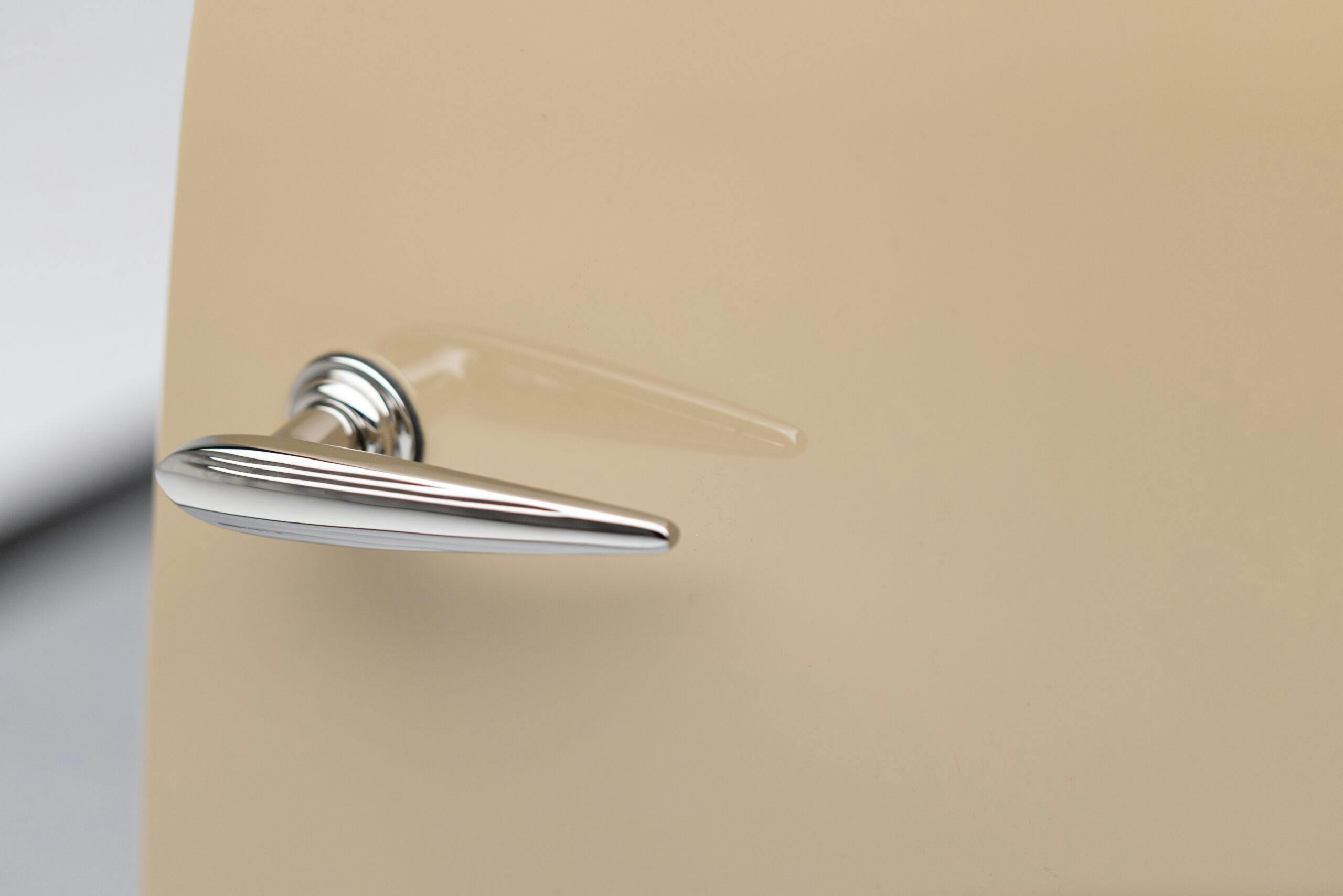
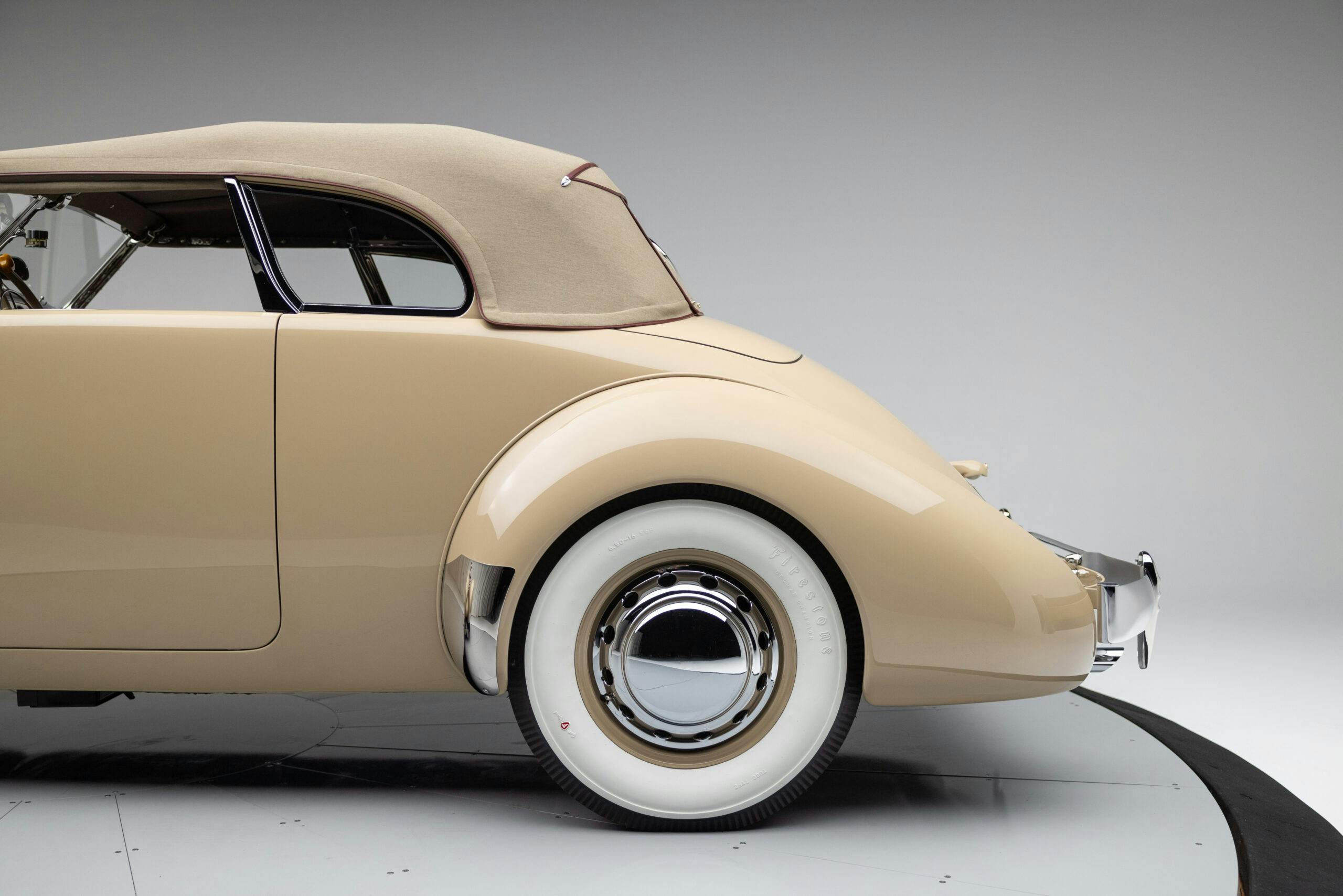

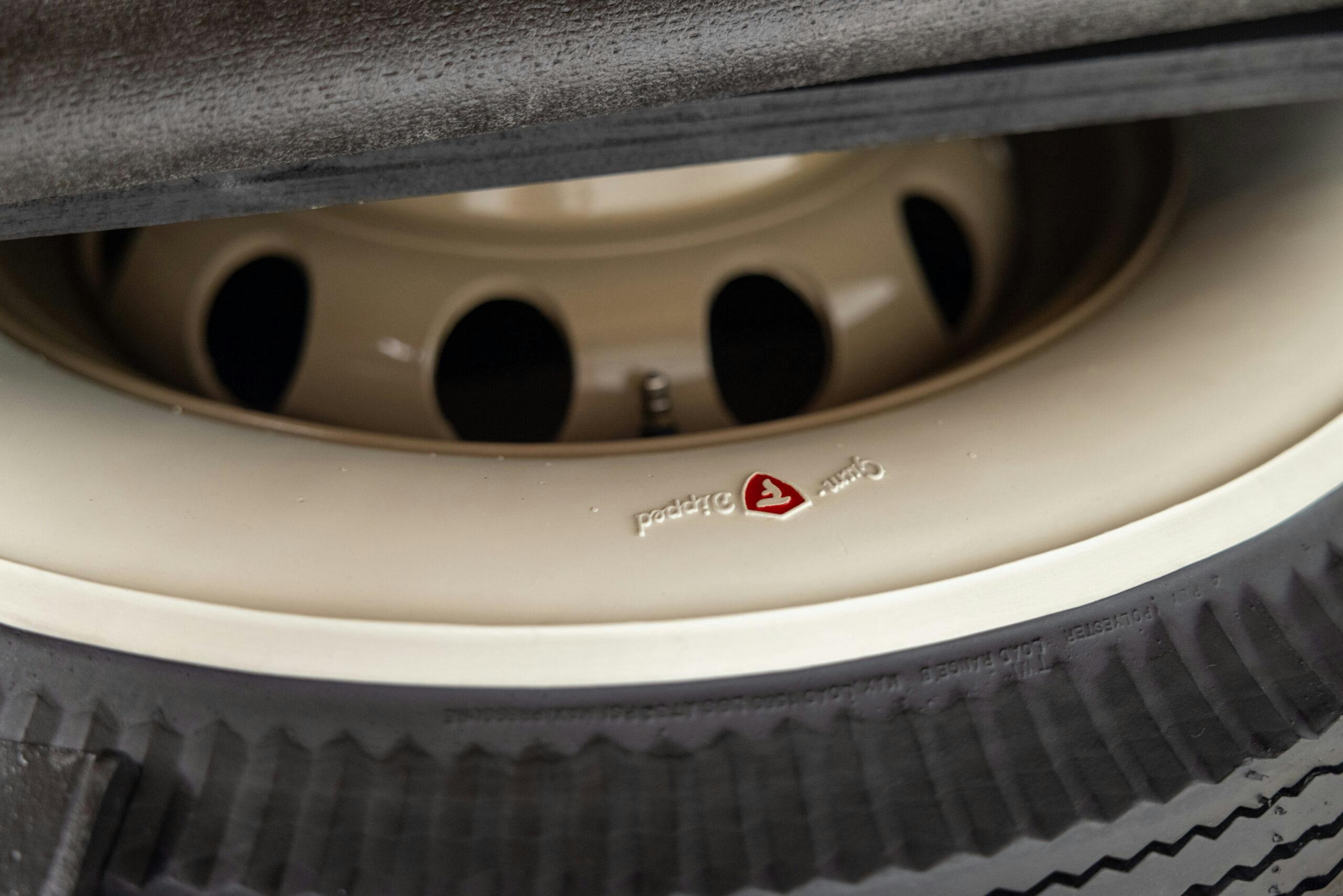

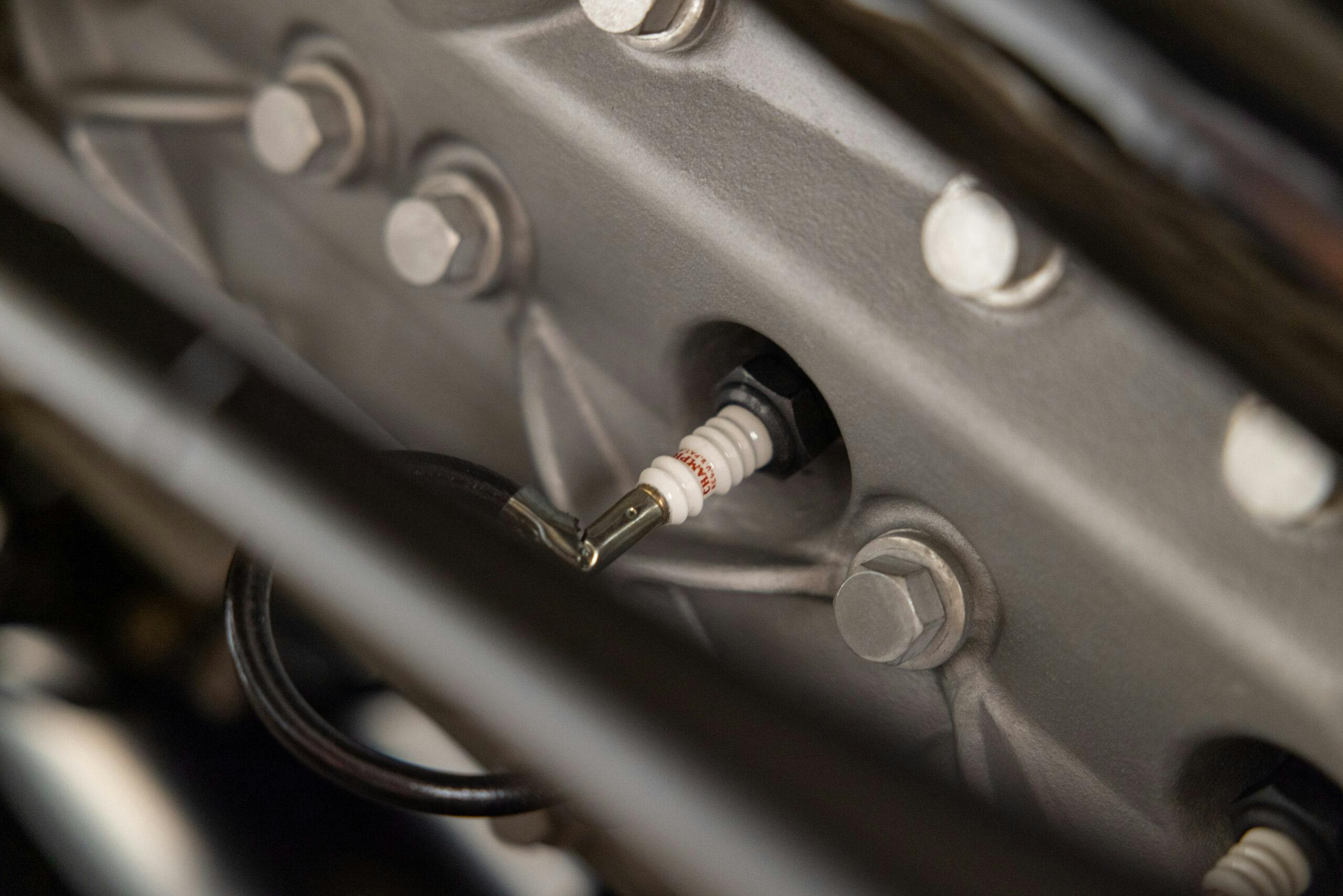
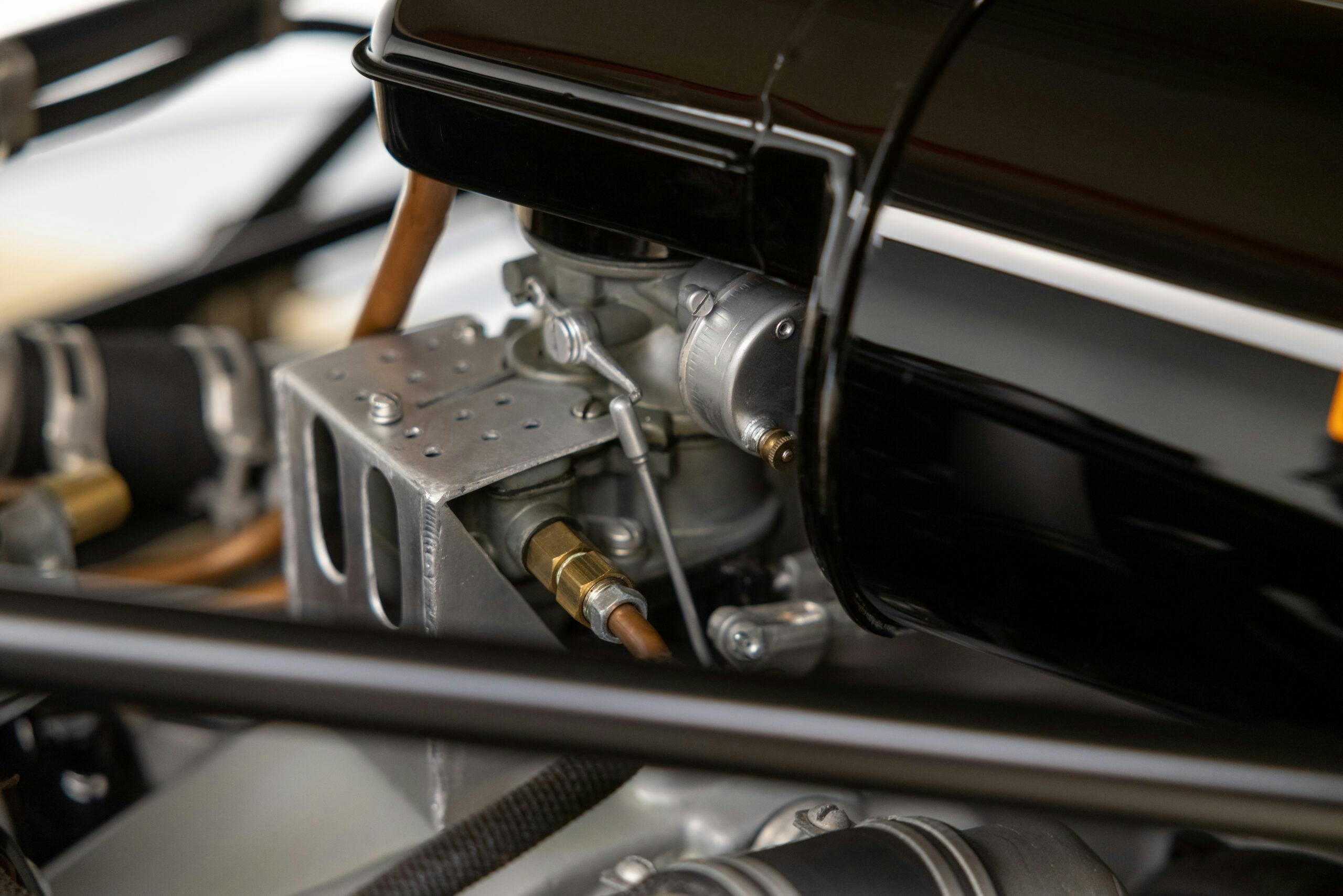
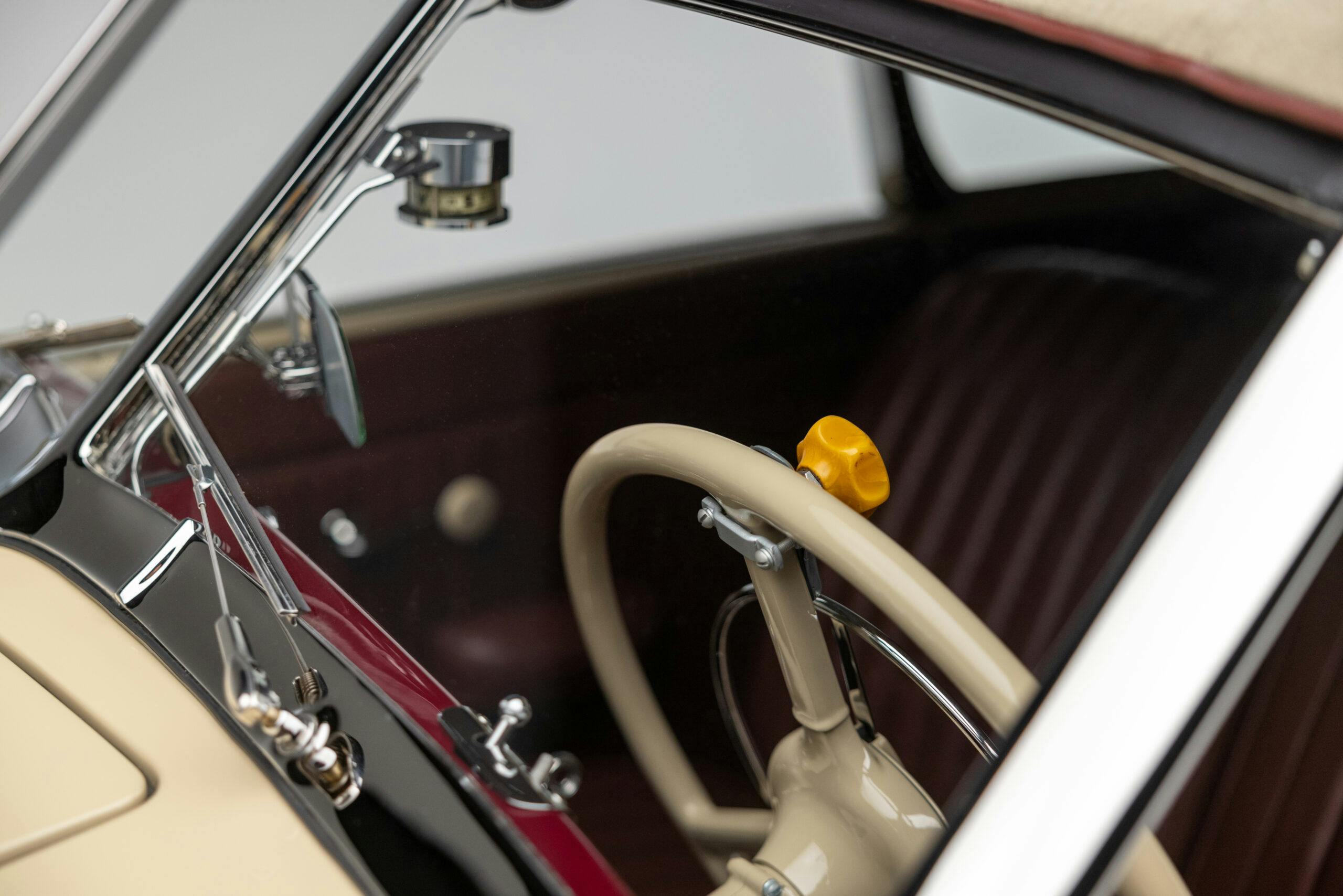
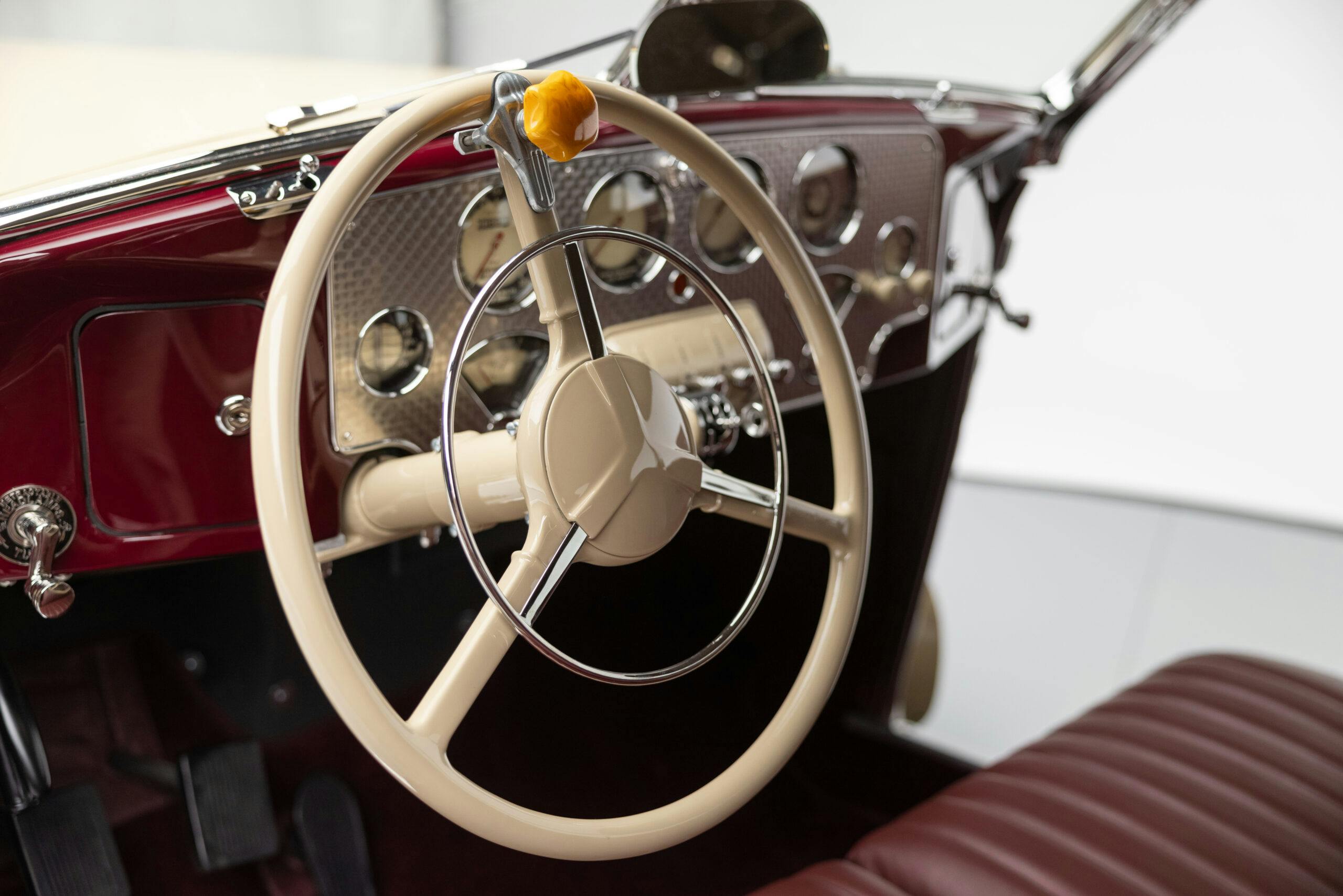

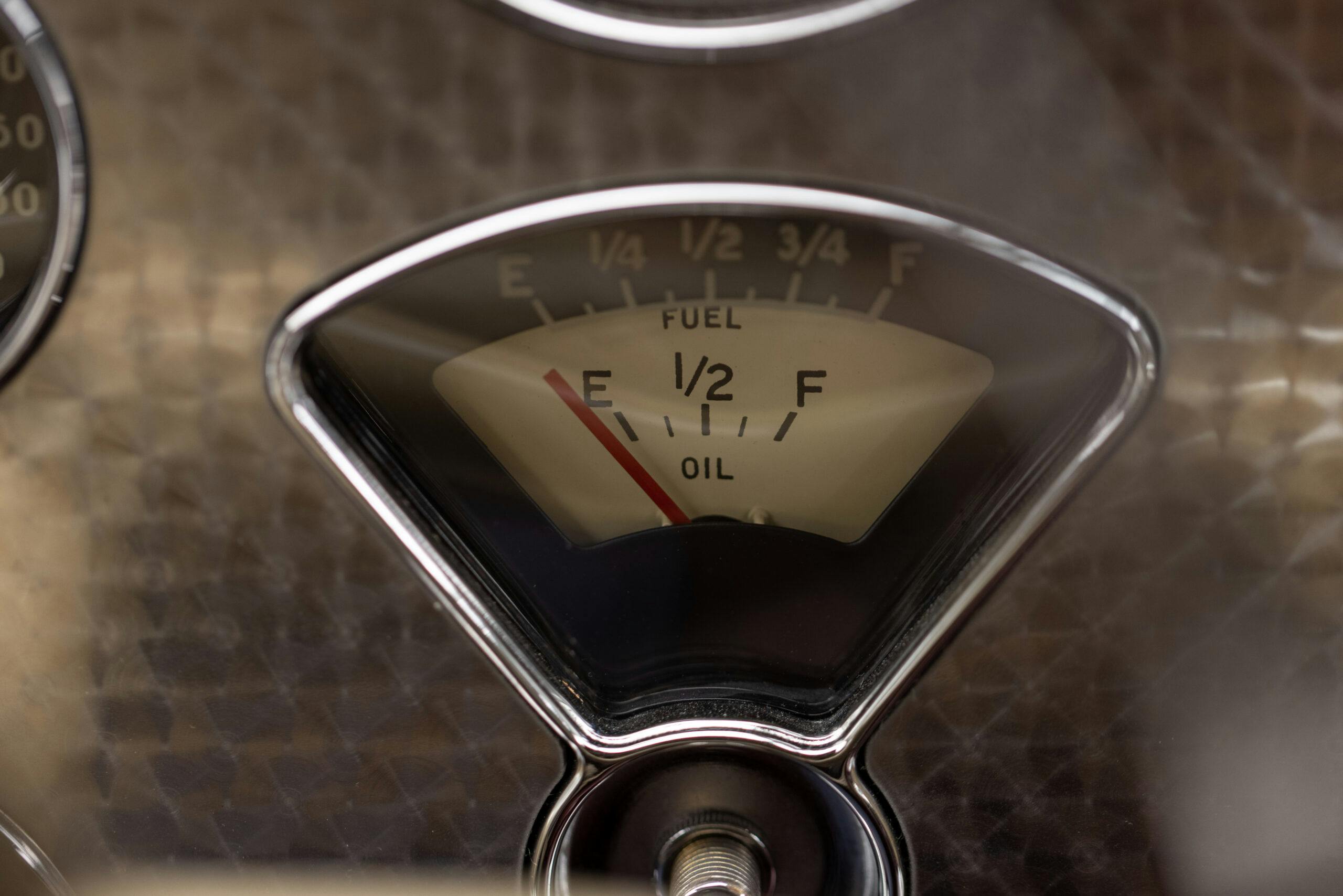

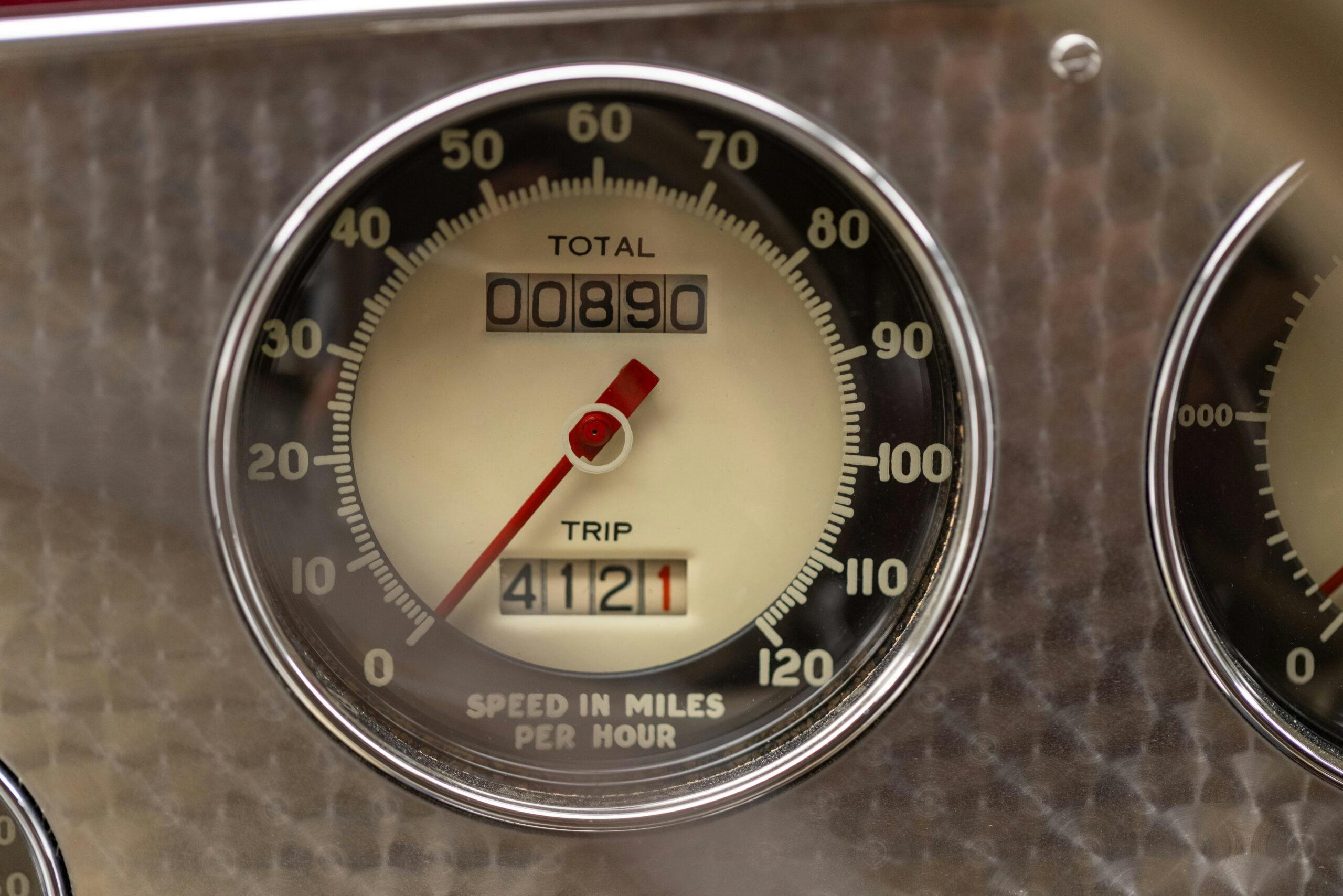
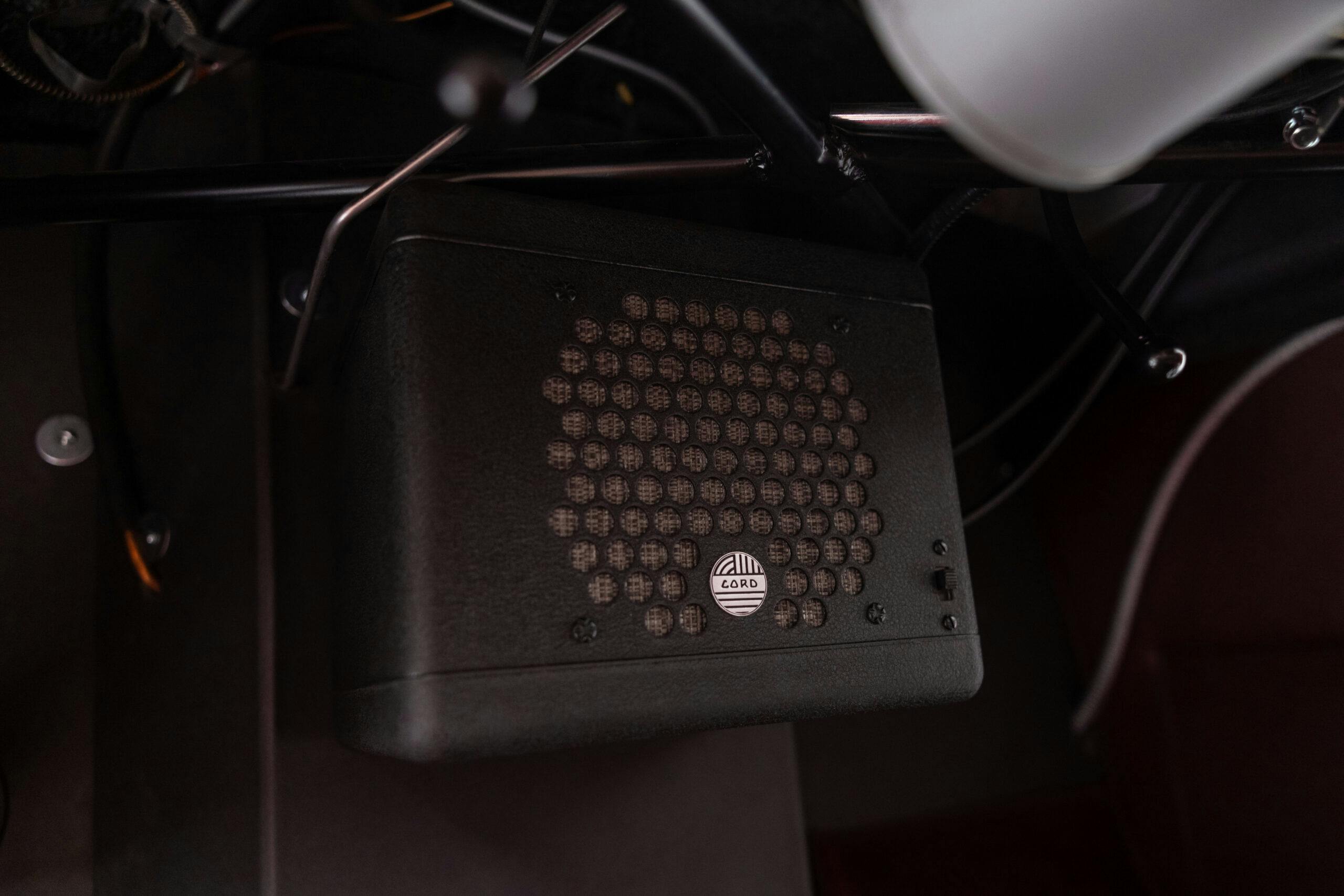
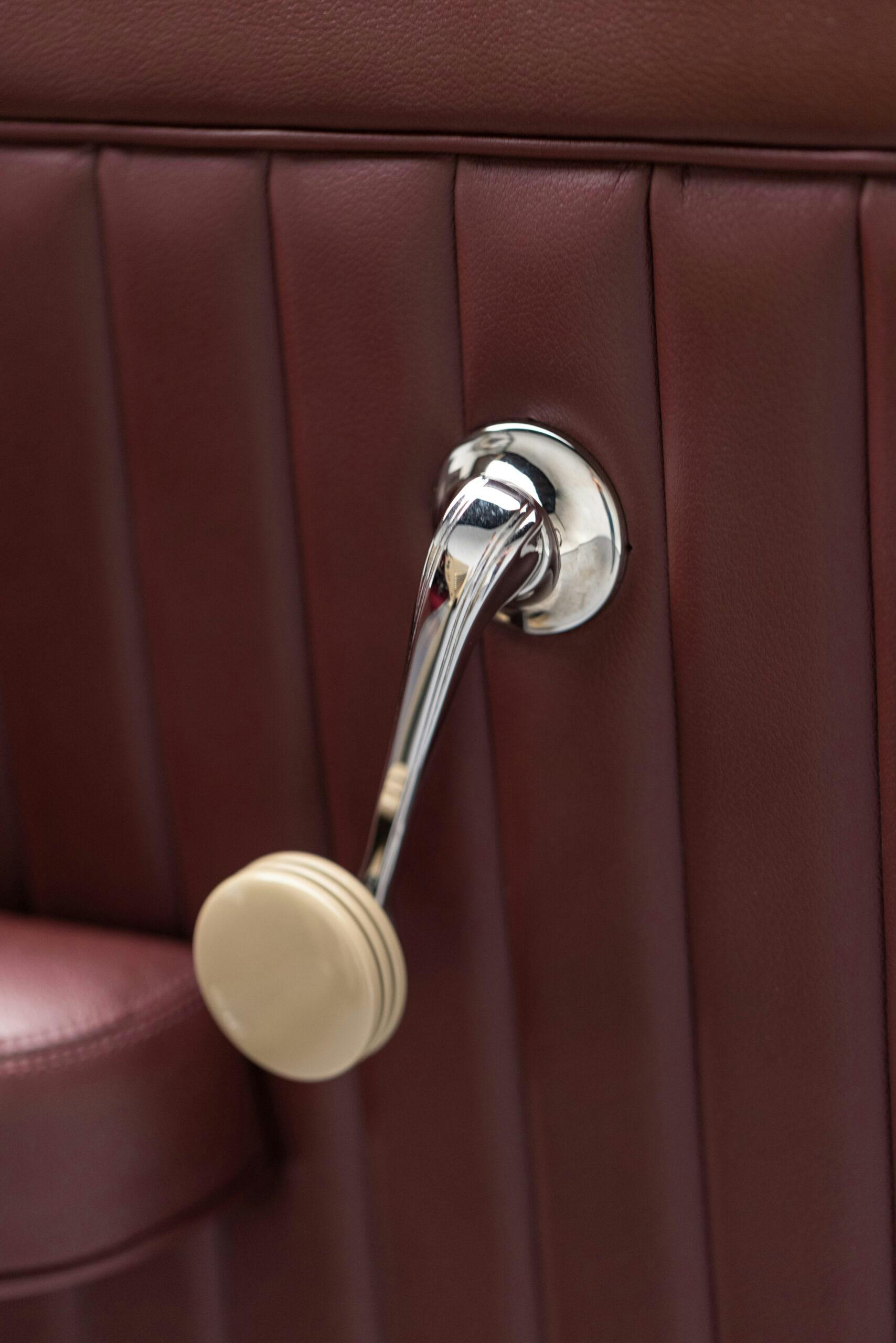
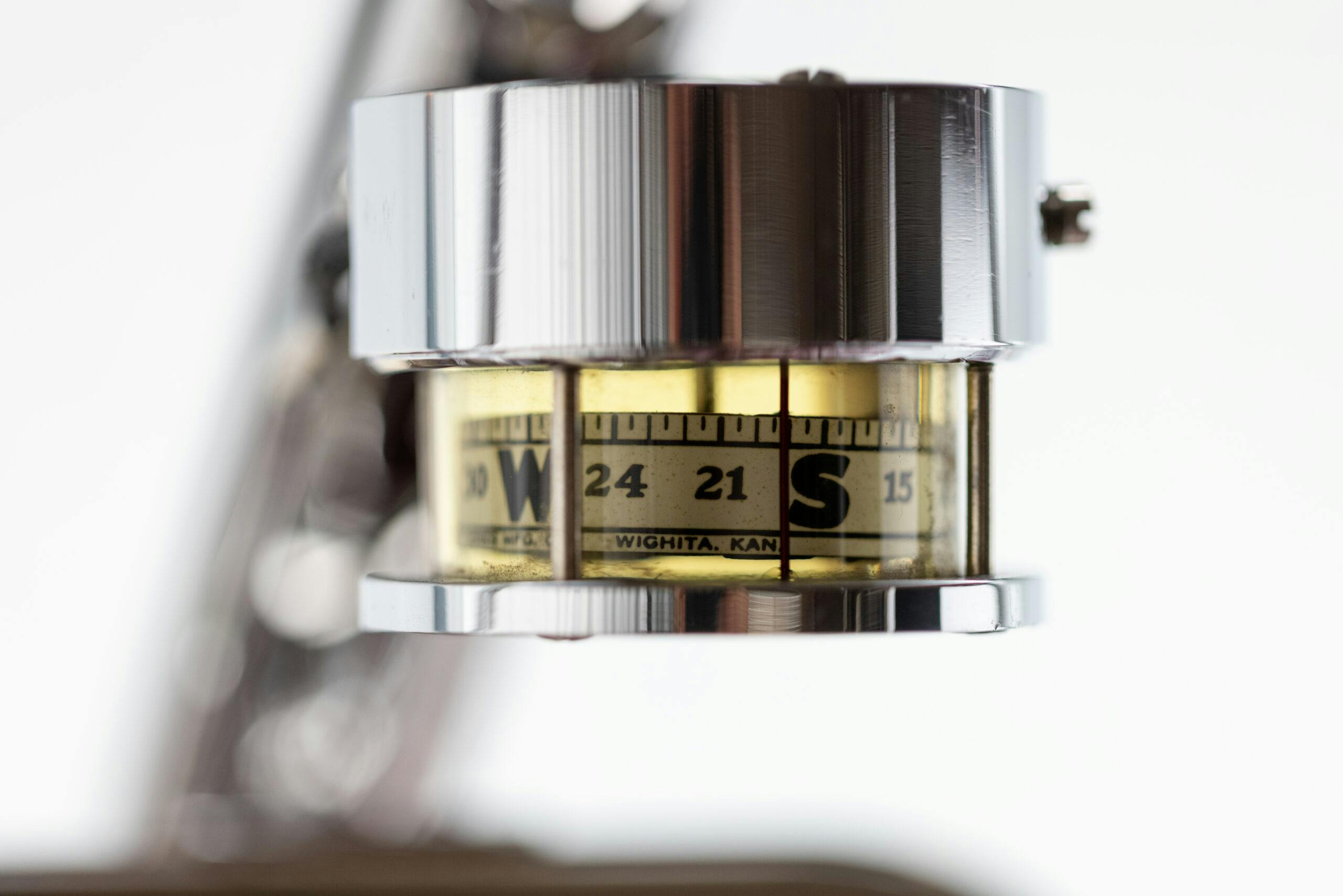
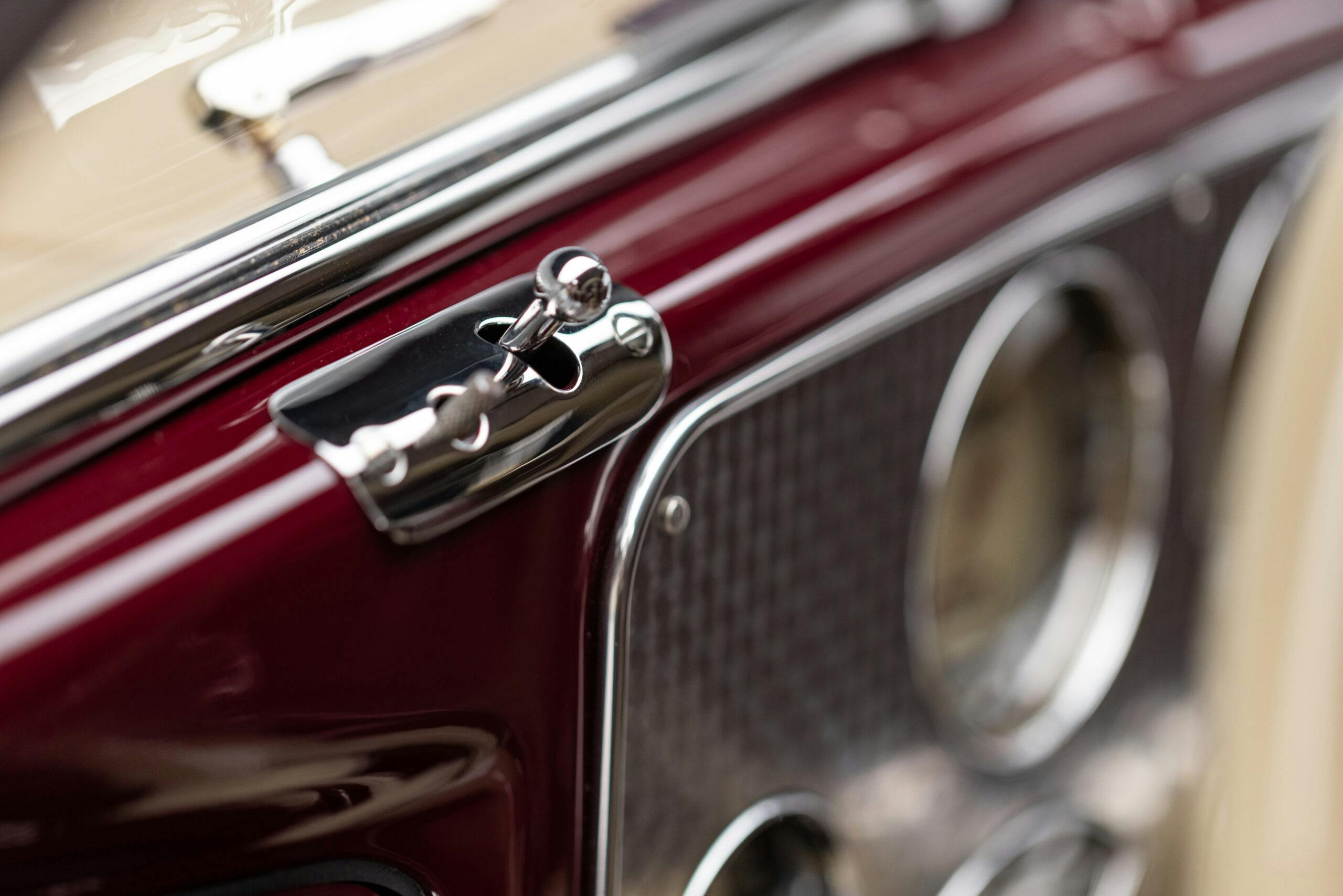
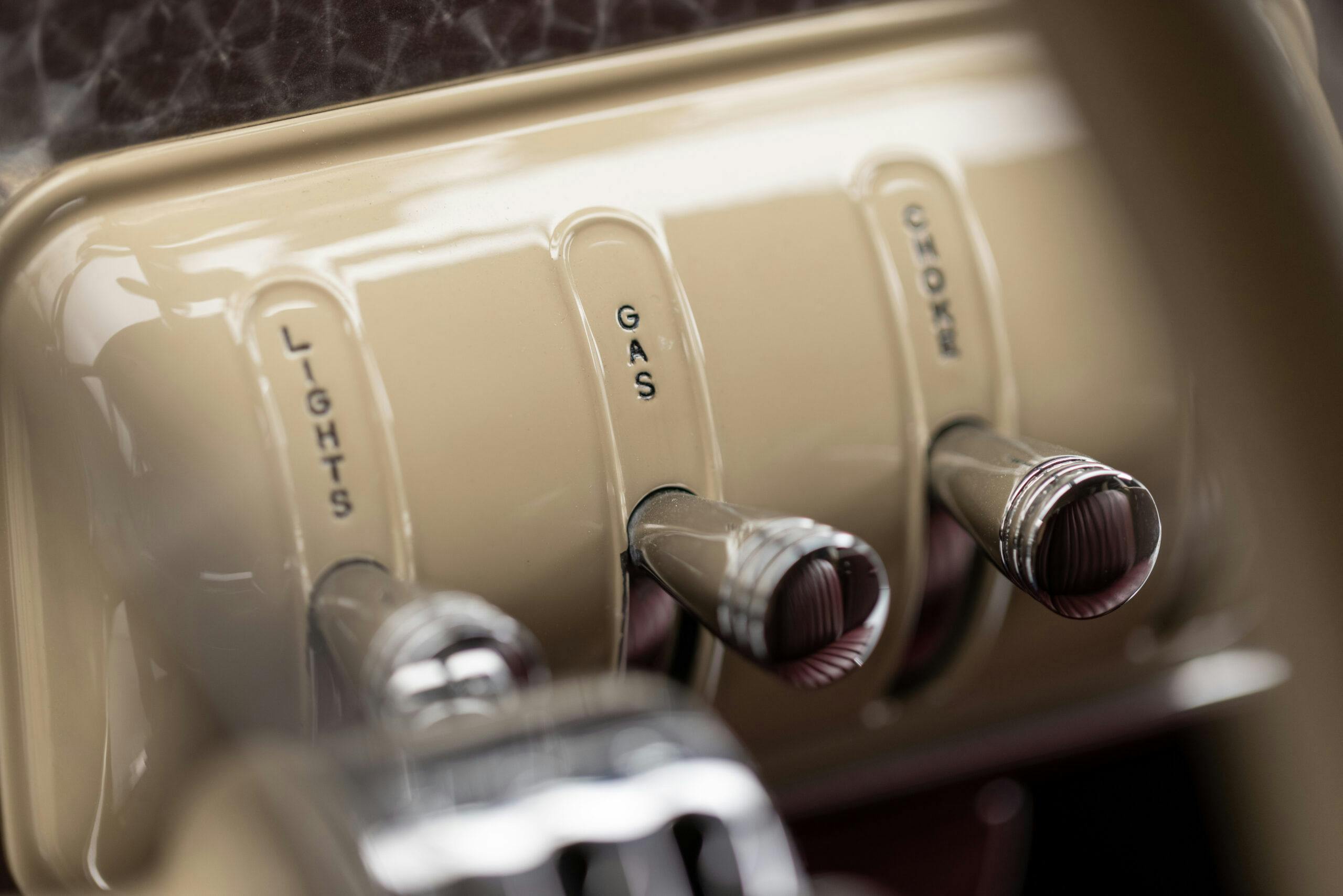
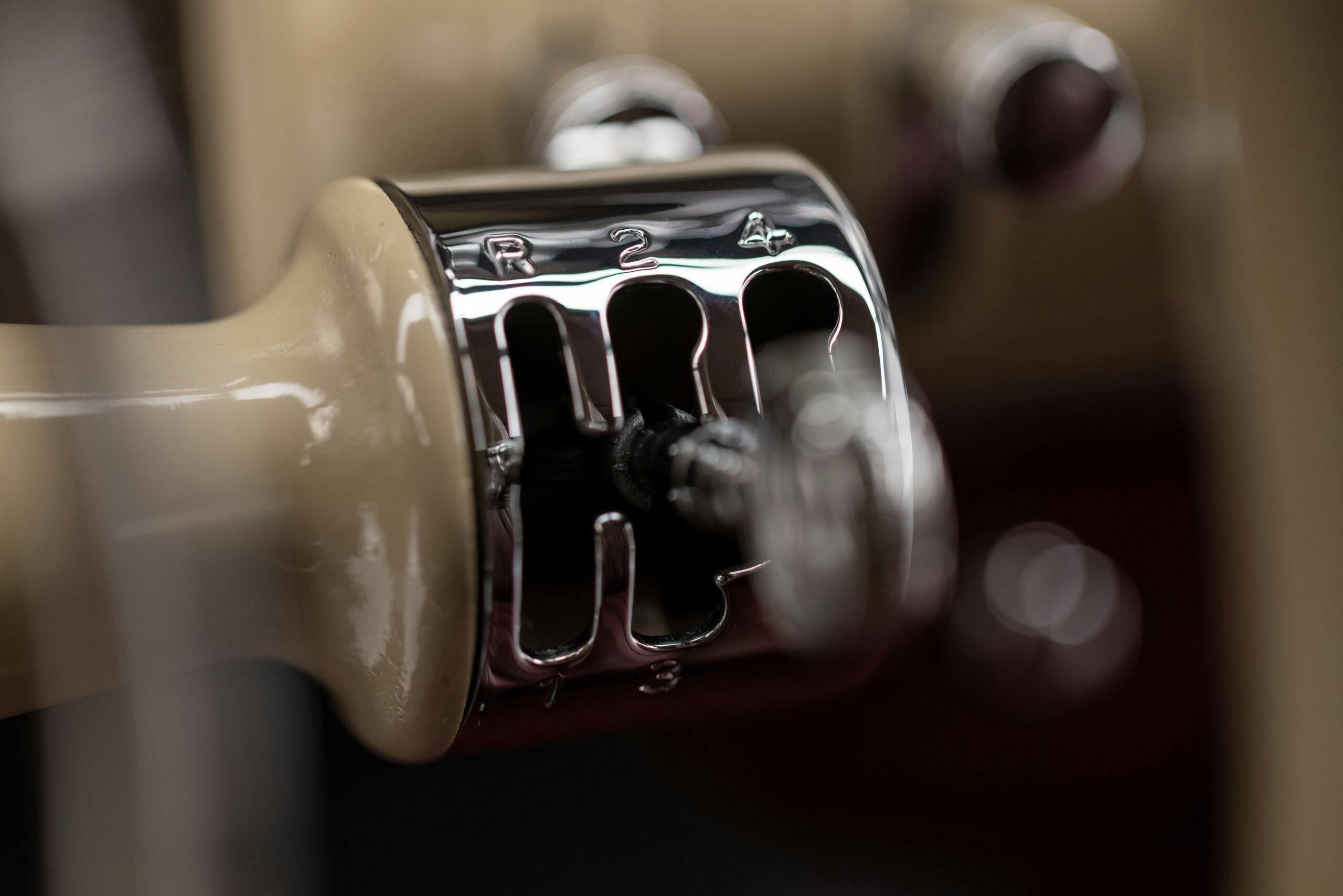


I heard who ever drives it tends to get lost easily. Sorry but that was too easy,.
Tom Mix was driving his 1937 Cord Phaeton in October 1940 when he swerved into a gully between Tucson and Phoenix and turned over. An alumnium suitcase hit him from behind, breaking his neck, resulting in his death. The date was October 12, 1940.
Amelia Earhart christened the 1932 Hudson Terraplane. There is a movie of her breaking a bottle of gasoline over the radiator cap of Terraplane #1 , with Hudson president Roy Chapin looking on.
Second paragraph should read Lost and Not Found. Like hyperv6 way to easy.
Restorations like this one are certainly spectacular, but they do seem to make the hobby of messing with old machines feel like an amateur’s game. I like to get my hands dirty, and I like to hear my projects run and take me places, and this car is not going to be doing that. Ms. Earhart seems to have enjoyed doing her own mechanical work too, so it’s kind of sad to see her car become a piece of exotic jewelry.
But wouldn’t it be more sad if it didn’t exist at all anymore, and remained in pieces? What about the extensive work LaVine put in, which I’m willing to bet involved more than a few dirty hands? Not to mention that, after speaking with the car’s owner, I guarantee you it will get driven.
Yrs, she was the first woman to fly the Atlantic as a passenger and later as a pilot, but her aerial skills were not as good as many of her peers….make and female (look up Louise Thaden, Jackie Cochran, or Amy Johnson).
She heavily relied on male “technical advisors” for her flights, Balchen for the Atlantic flight, and famed Hollywood pilot for her round the world attempt (the first attempt ended with a crash in Hawaii which which Mantz attributed to pilot error). By contrast, Lindbergh did not require advisors.
Chalk up her fame to good period marketing and PR, her disappearance, and finally the need for a modern feminist hero.
I would have to think with this cars significance, the only “driving” will be on & off the trailer by the car handler. Cars like this fall into the same category as the $300,000 street rod which the owner always swears is driven all the time in the magazine articles until 6 months later when it goes to sell
I’ll try this again. I would have to think the only driving of this car will be on & off the trailer by the car handler. Cars like this fall into the same class as the $300,000 street rod that the owners swear will have the wheels driven off it,until 6 months down the road it’s up for sale with no miles on the speedo. And please stop editing or outright not posting comments that might offend the car owners or the author of the article!
not really sure what you mean, Greg, both of your comments posted above just fine. Sometimes there is a slight delay from when you submit the comment to when it is posted, to discourage spam.
Very cool to see this car is still around. I do find Cord’s distinctive styling a little odd on the front end.
Odd? What is your idea of a beautiful American car? Curious.
Can’t think of any new car (or electric appliance) that will approach the significance of a car such as this.!!
My shop teacher in high school, in Chico, CA, had a Cord 4 door sedan that was fully restored. This was in 1973-75, and he apparently used to drive it all the time, including down to Long Beach for an Auburn/Cord show. He also had a Cord convertible that he planned to restore. He also had an early Tornado, a 48′ Ford woody, that I built the flathead V8 for, and one other notable car, a black Tucker that he also drove quite a bit. Pretty cool as a teenager to be exposed to those cars and get to build a flathead V8 and also a Lincoln Zepher V12 under his guidance. Last I saw him was a car show in Murphys where his Tucker was shown on the poster for the show. This was in around 2010 and the car still looked great.
In 1975 when a senior in high school I worked at the local ford dealership and a 1936 Cord convertible was there being worked on. The trans would not shift, they had a old mechanic that was in his 70’s working on it as he had worked on them back in the day. It was red had the flexible exhaust out of the hood and the small electic shifter on steering column.
Hi CK,
My wife and I rode in your shop teacher’s Tucker and his Cord many years ago. Gene was a great machinist, mechanic and teacher and really cared about his students. I recently mentioned to his wife Colleen that I read your comments here and she asked if I knew your name. I told her I didn’t know but, if you would like, I would be happy to forward a message to her since I am in regular contact with the family.
Pity about the 1937 Indiana license plate. It should just say, “Amelia”.
The car’s f’n gorgeous. GREAT job on the restoration and lost/found game to get it together. Thanks for sharing it with us all.
what you’re calling a ‘steering assist’ knob is more correctly known as a ‘necker’s’ knob.
We called it a spinner.
Brodie Knob
On a speed boat we call it a speed knob.
In New England it’s called a suicide knob.
We called them J.C.Whitney suicide knobs
All those folks who constantly chide the few who can and are able to restore, this is an example of why they do it. I do appreciate the efforts and really see the cars like this as art. Picture an automotive world without restoration. Thank you for doing this.
Heroes are made. We don’t always pay attention to those that put in the most effort or are most deserving true. Some are more hype/fluff than substance true. The lasting mythical ones are just that… mythical.
We don’t all believe or buy into the same myths.
I am neither American nor female but I see the appeal of the Amelia Earhart story, that amazing picture with the Cord, the plane, wearing pants and a flight jacket…
When they are old enough I will tell my children about her: “She dared, will you?”
I know of an individual whom was acquainted with Amelia and Fred Noonan, her navigator. The person wasn’t surprised by their disappearance as it was said that he had a drinking problem. There is a story that they were prisoners of the Japanese on a Pacific island where they had landed as they were lost and out of fuel.
ACD was very far ahead of the auto industry with innovations in the 30’s ….. not surprising as the company was owned by Lycoming , an aviation Company.